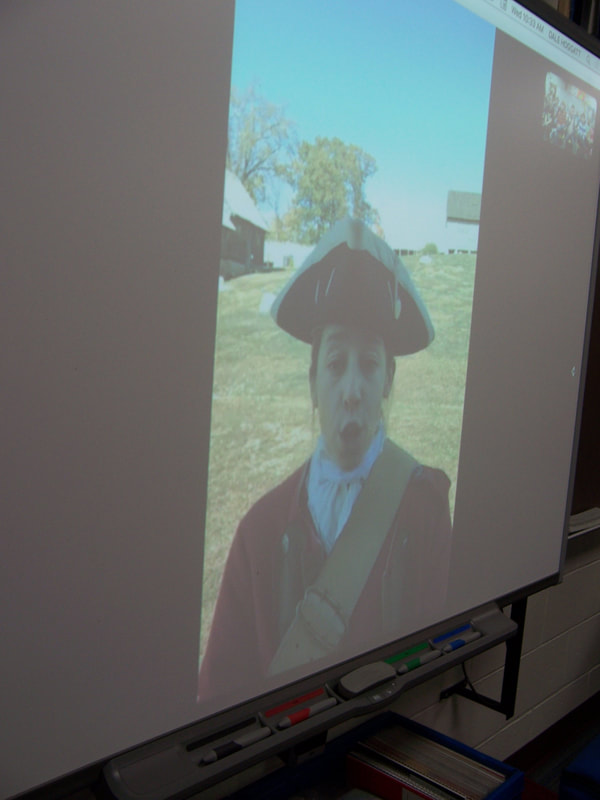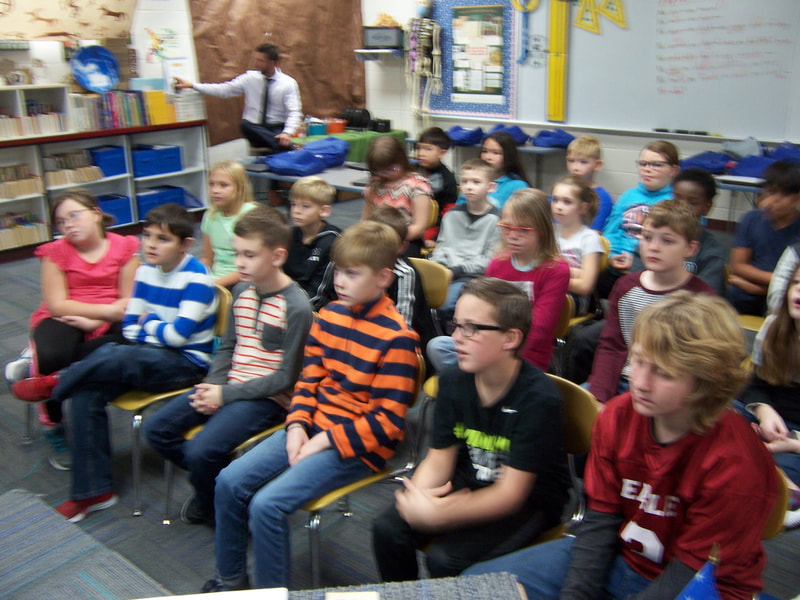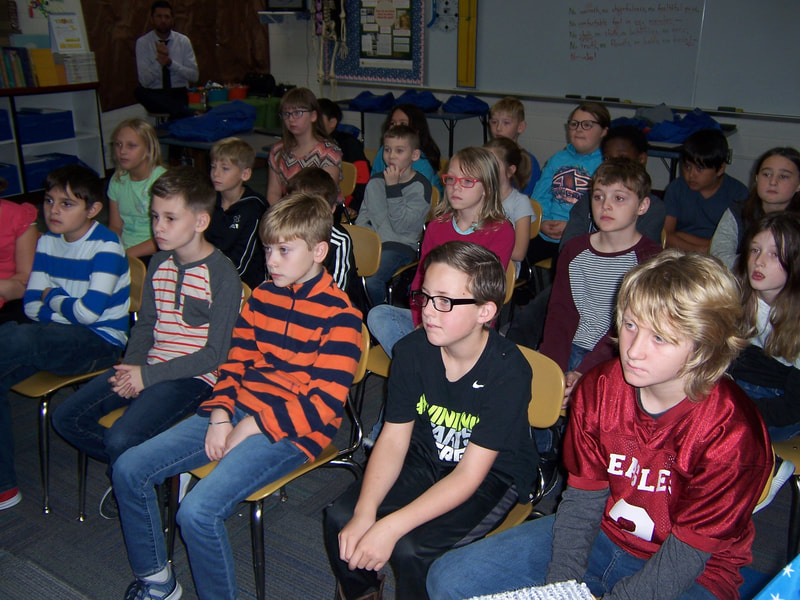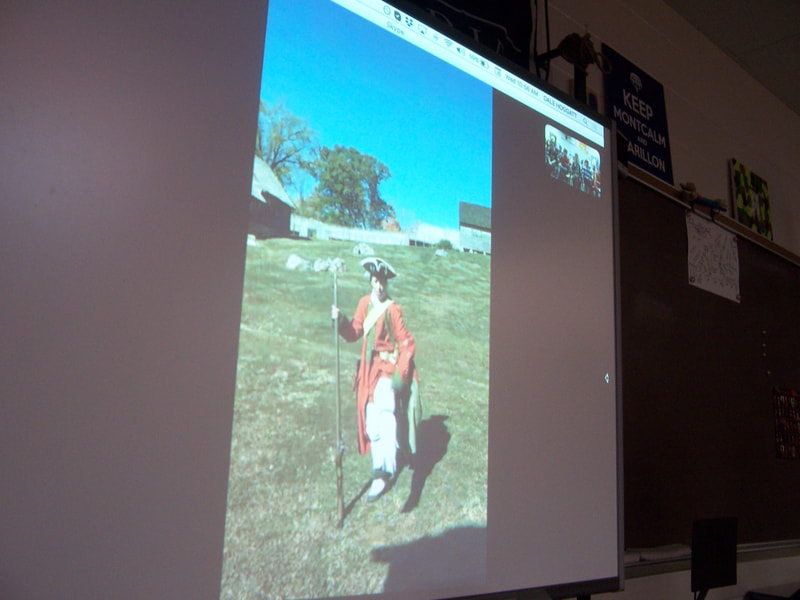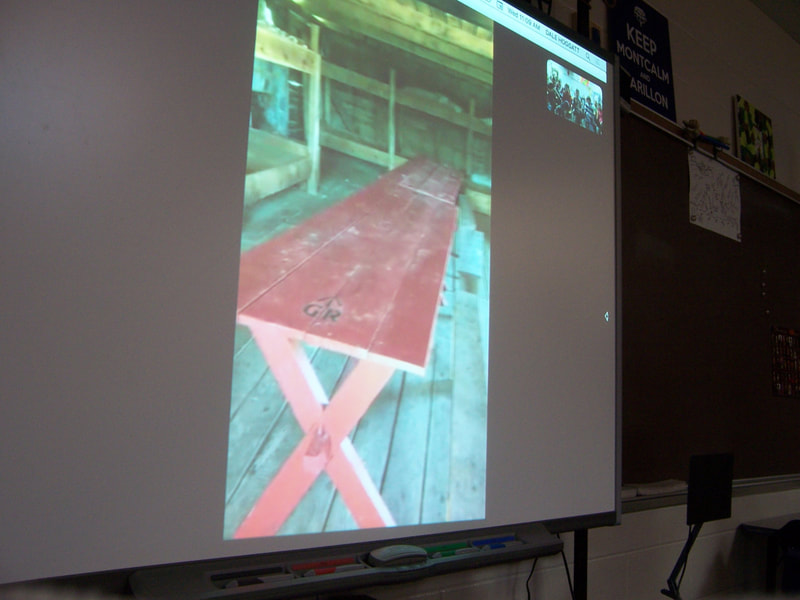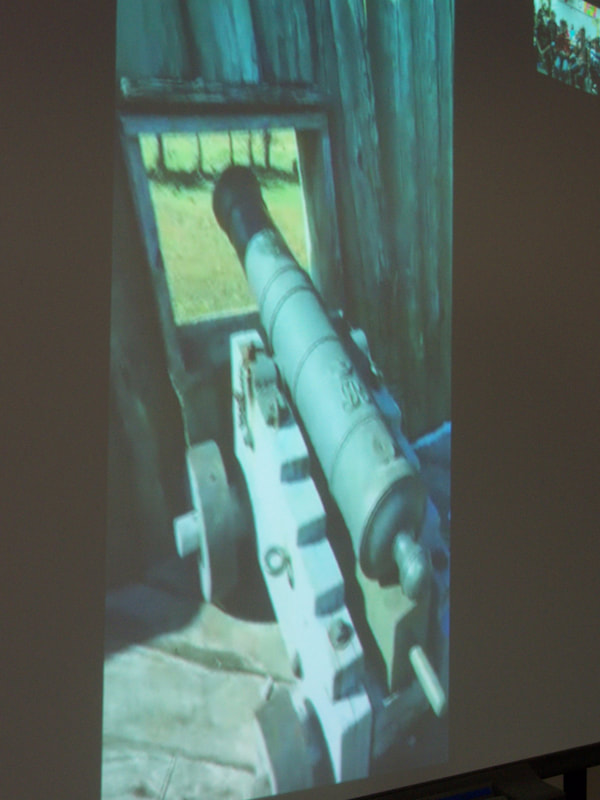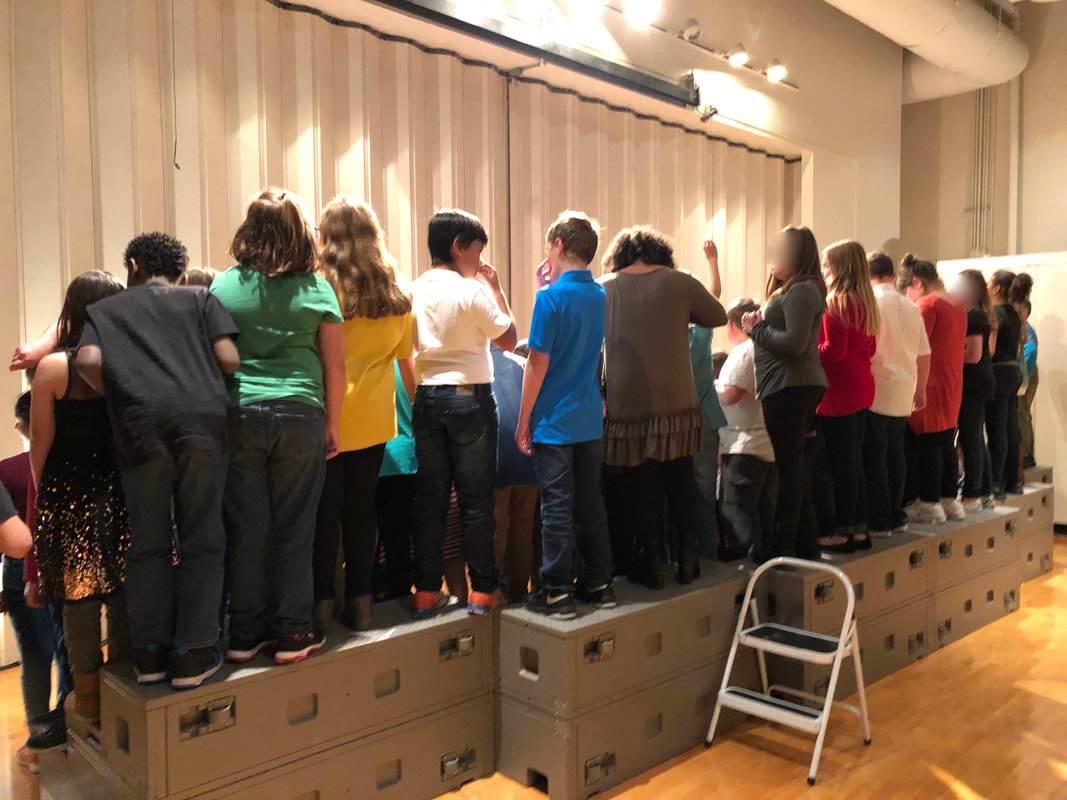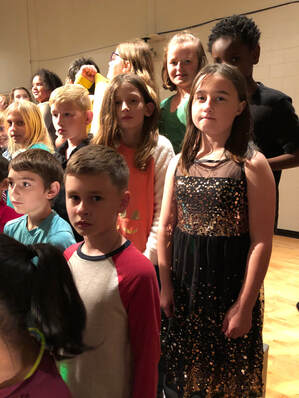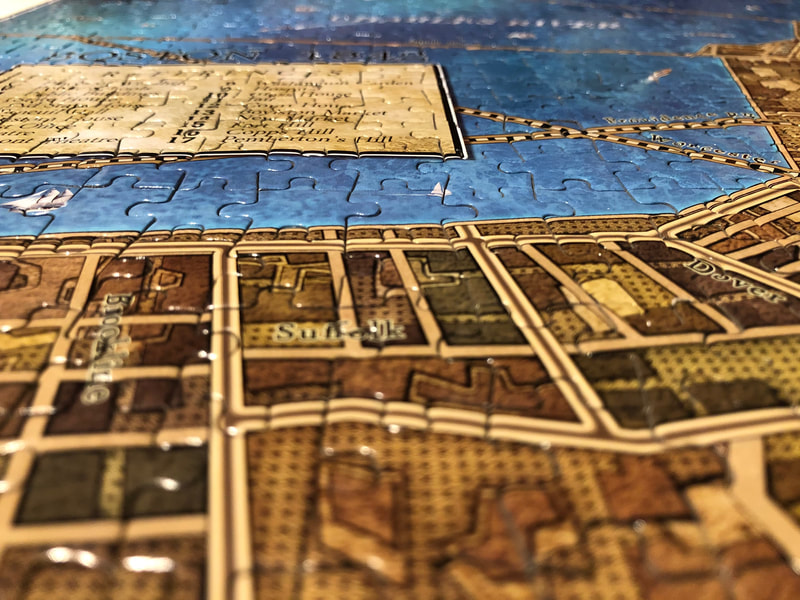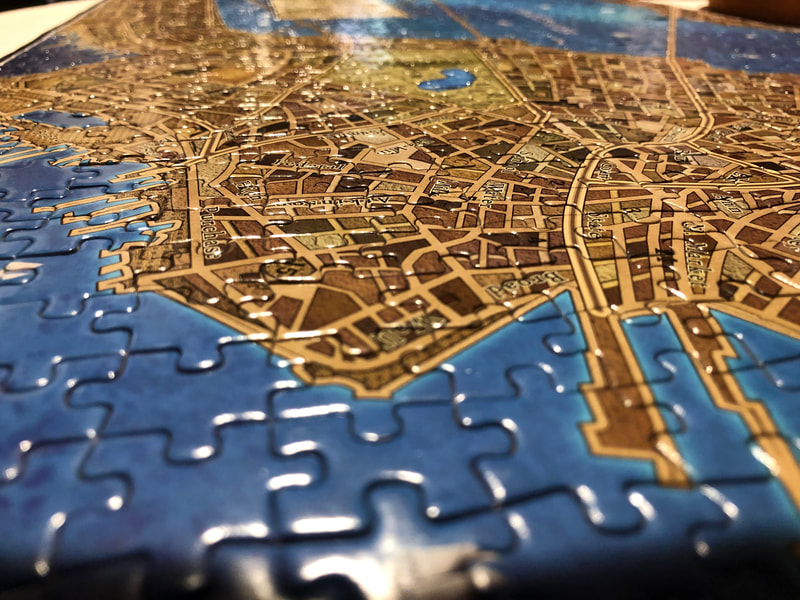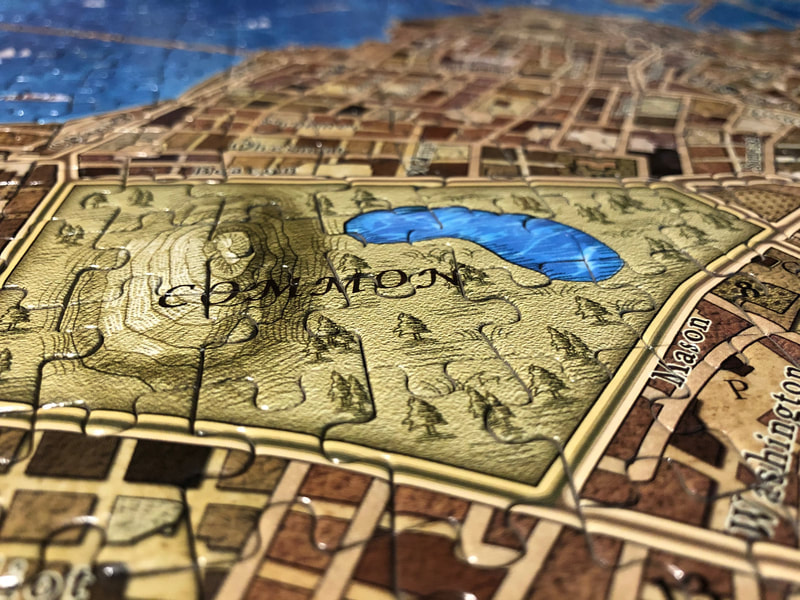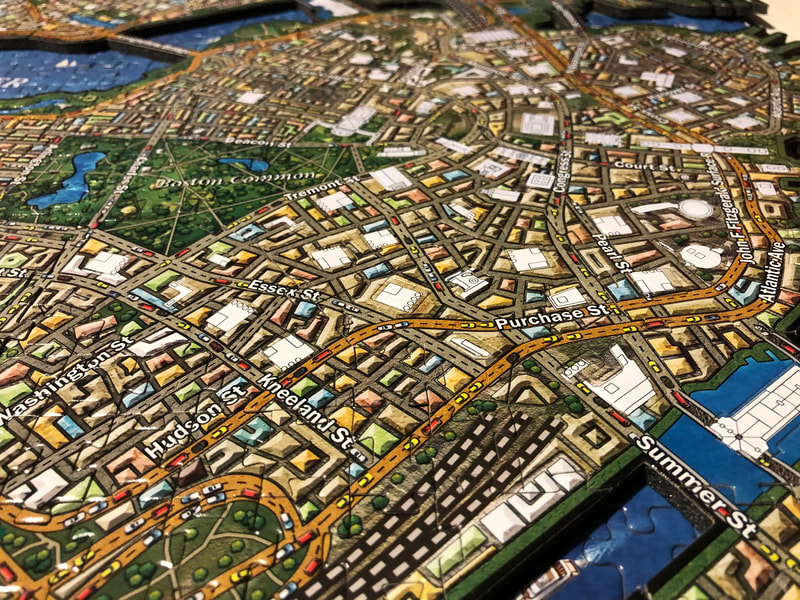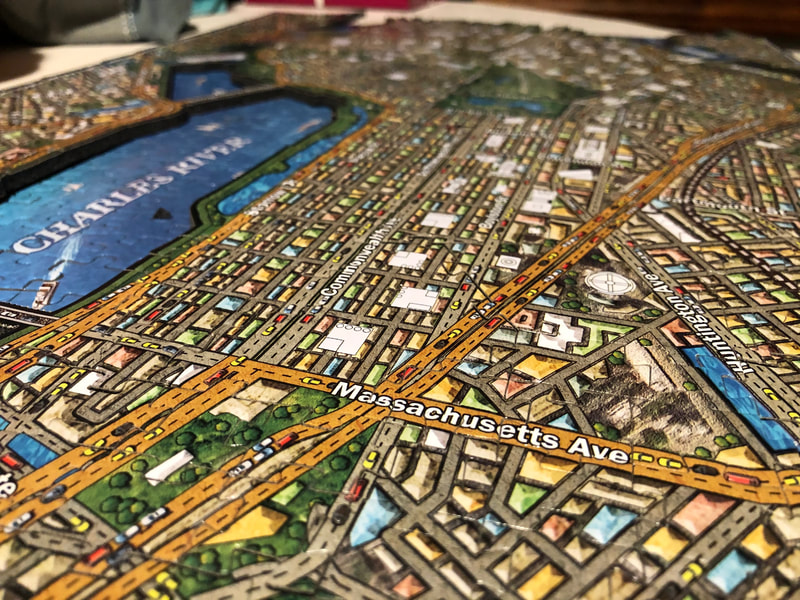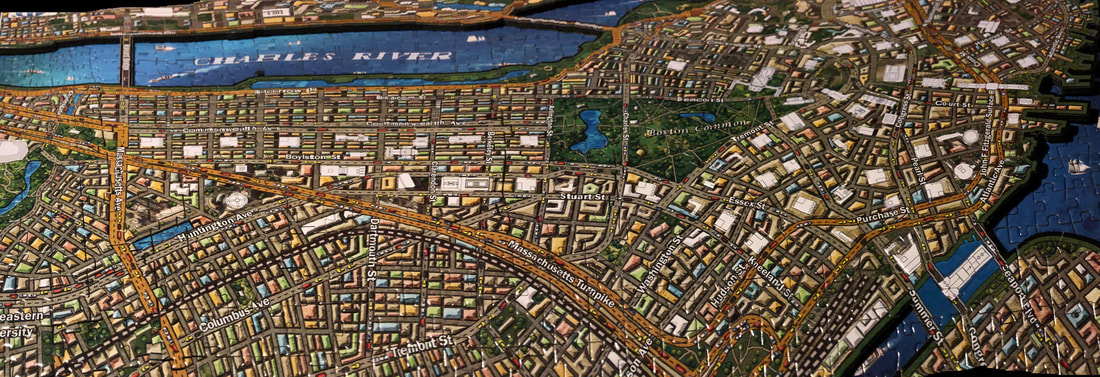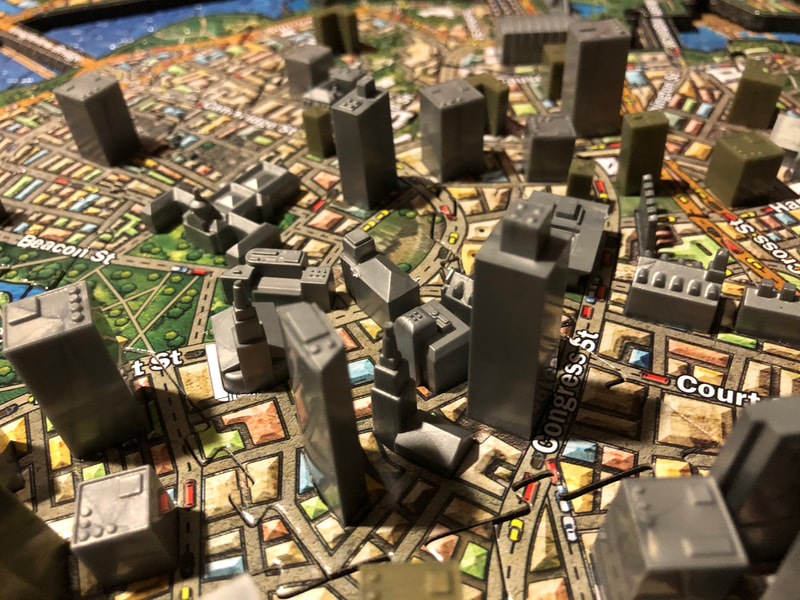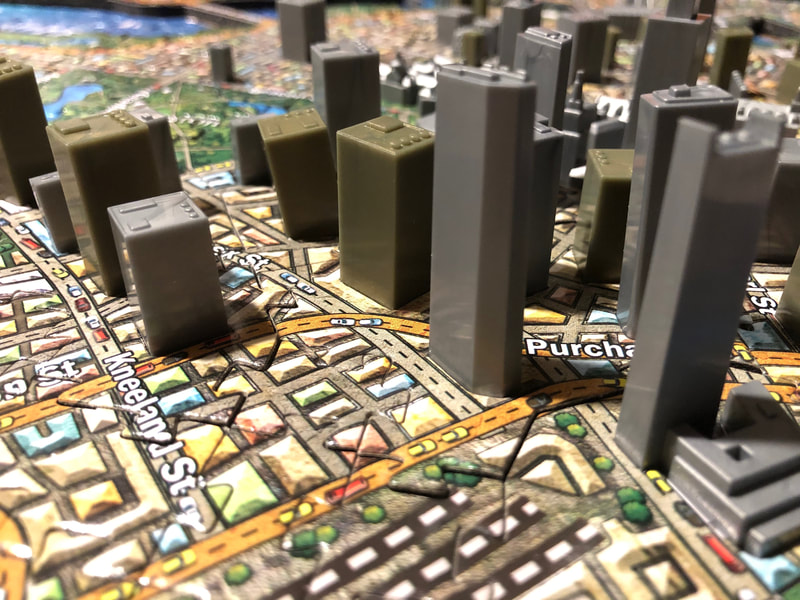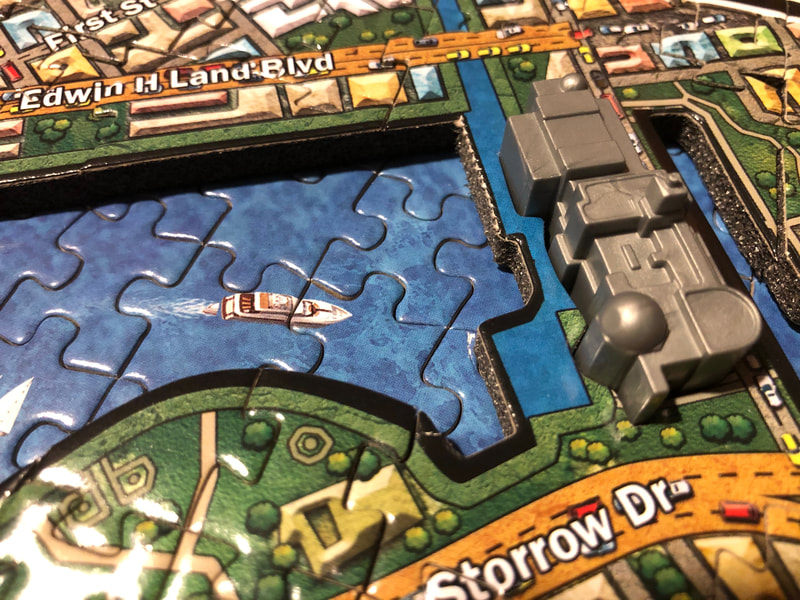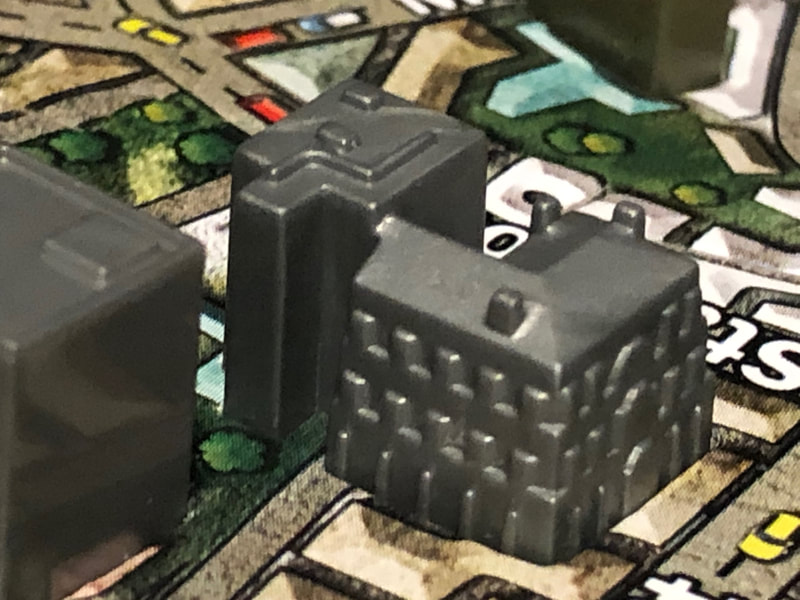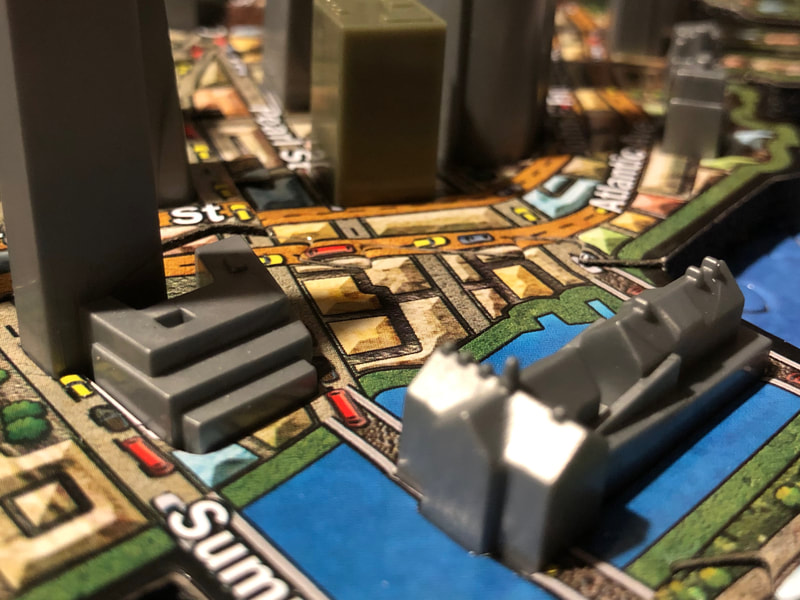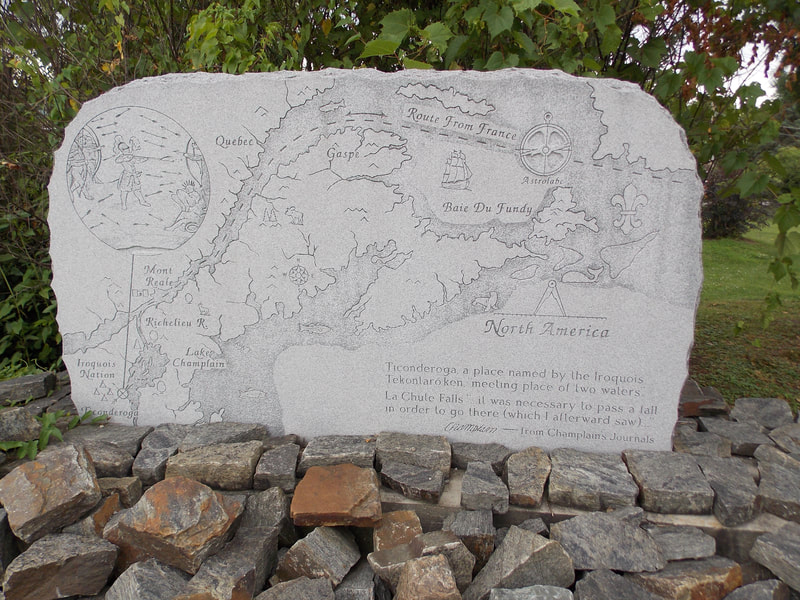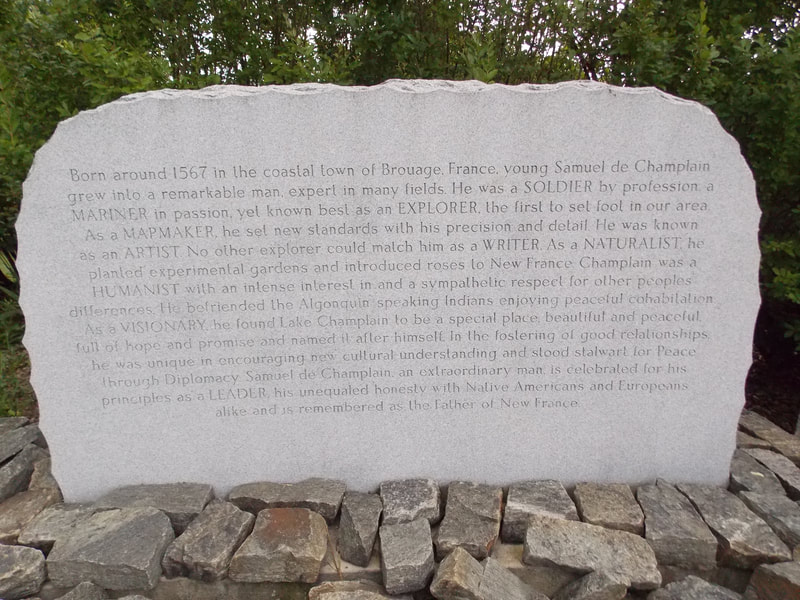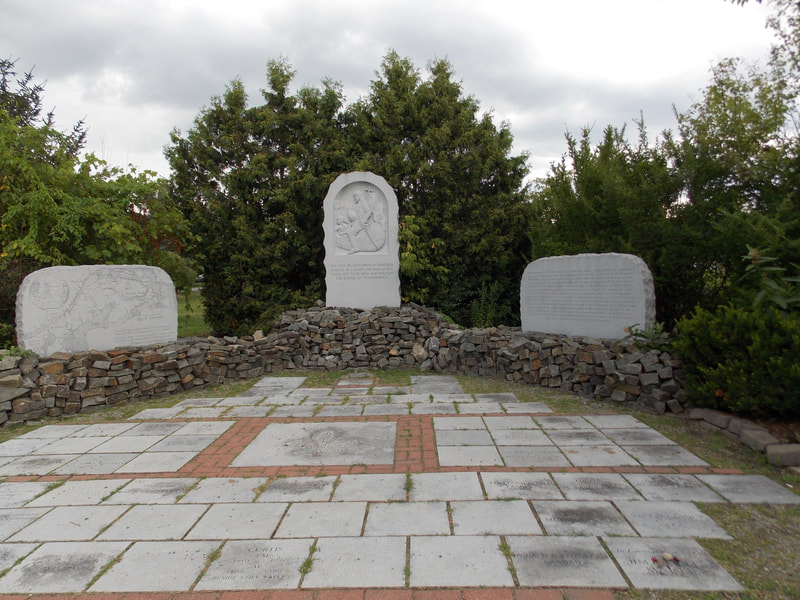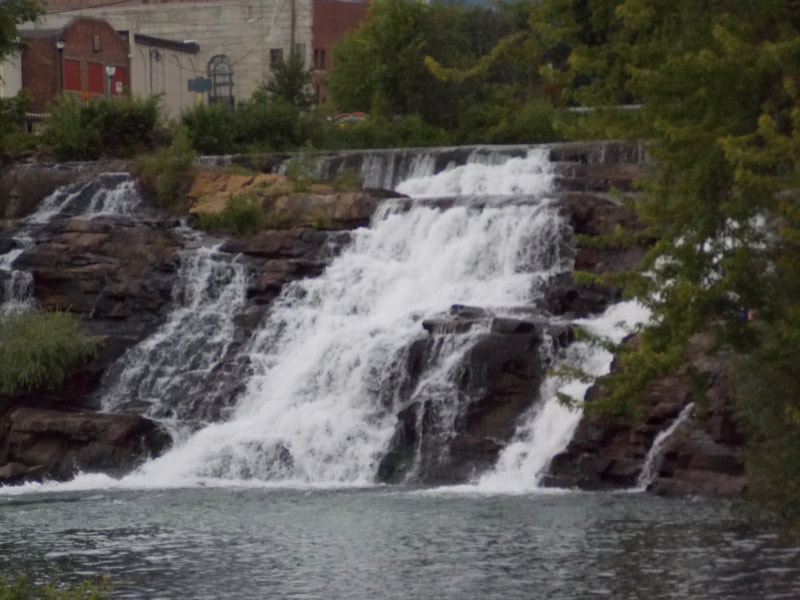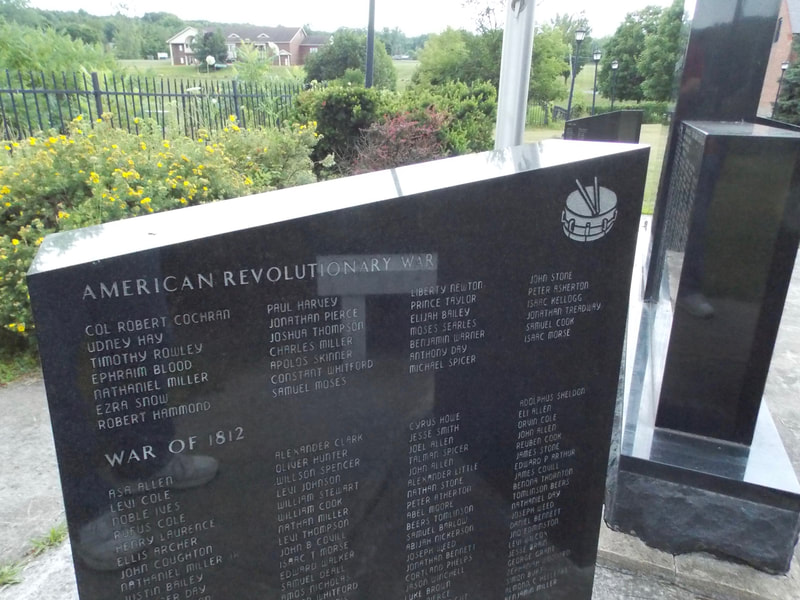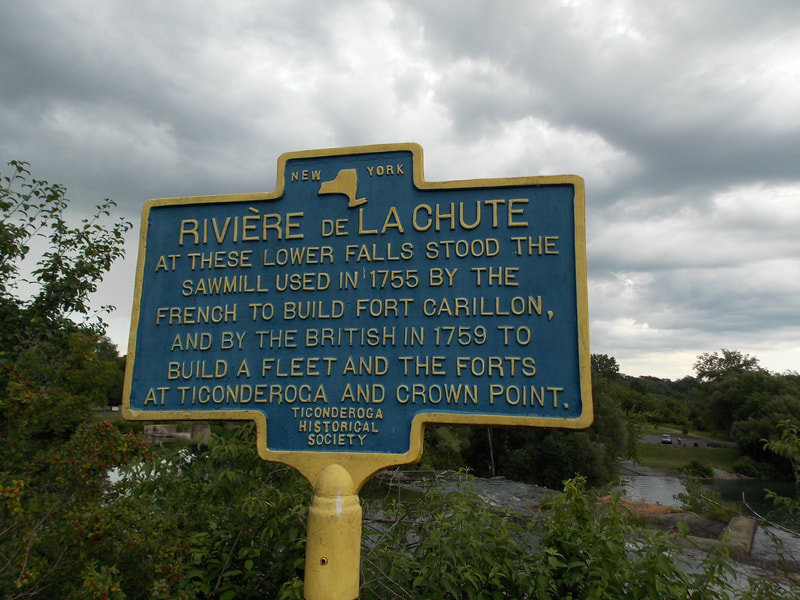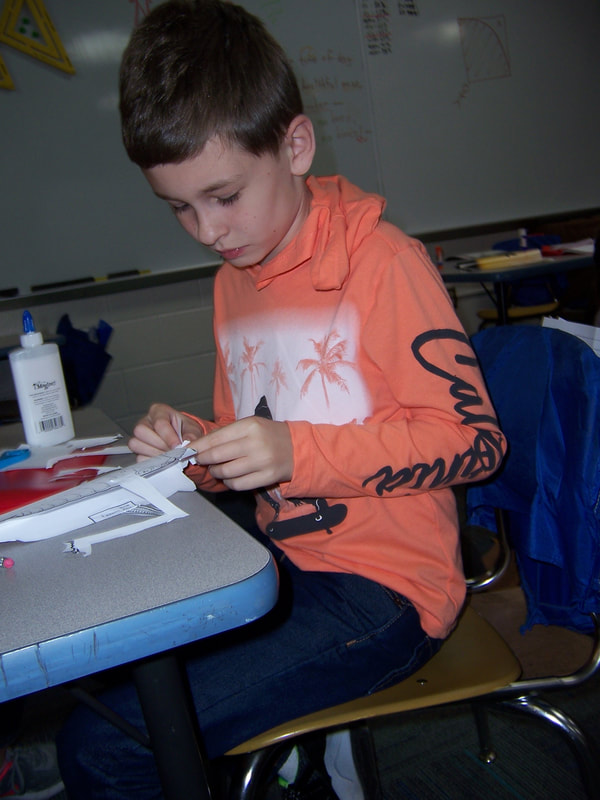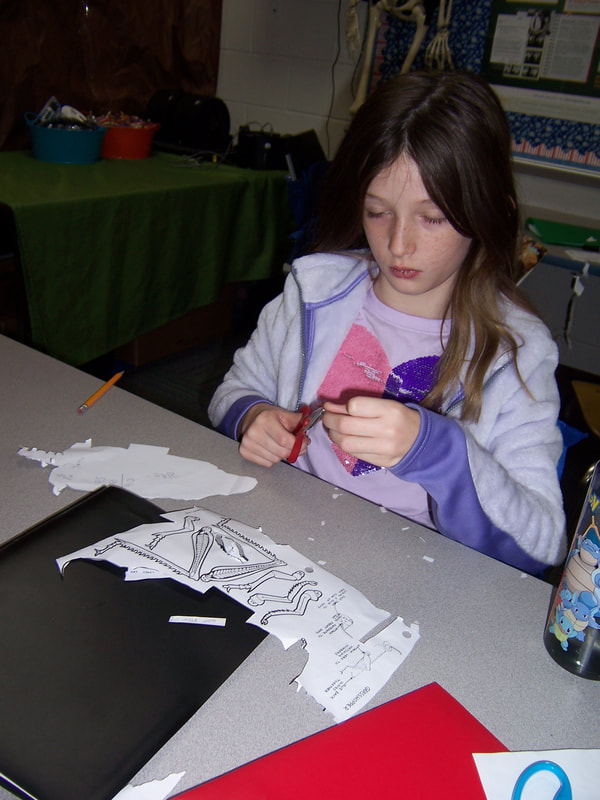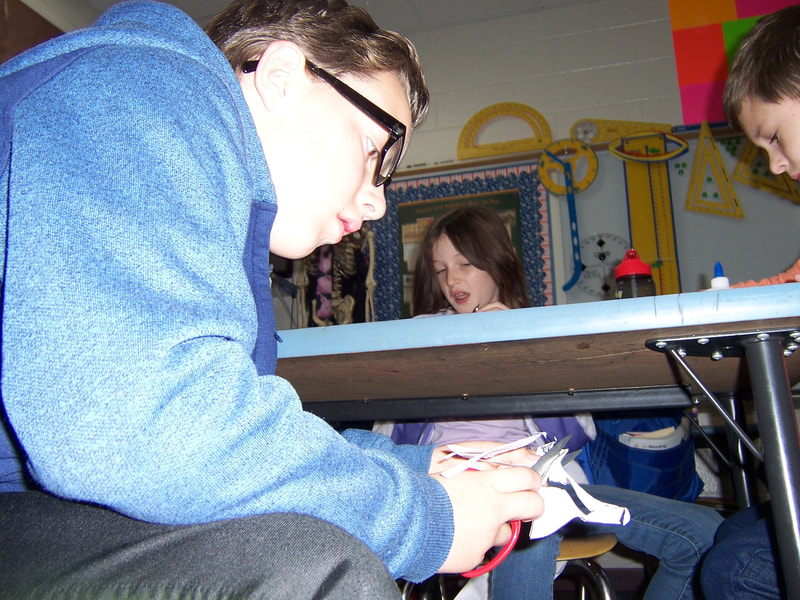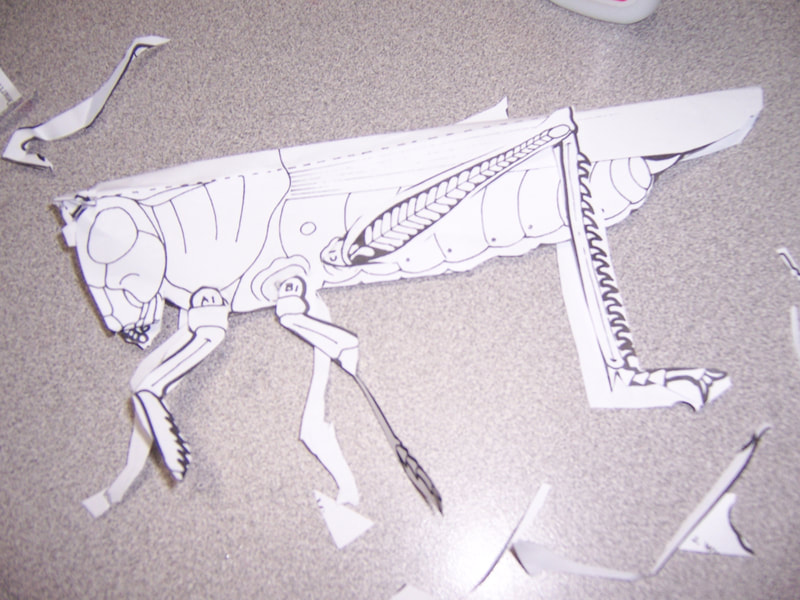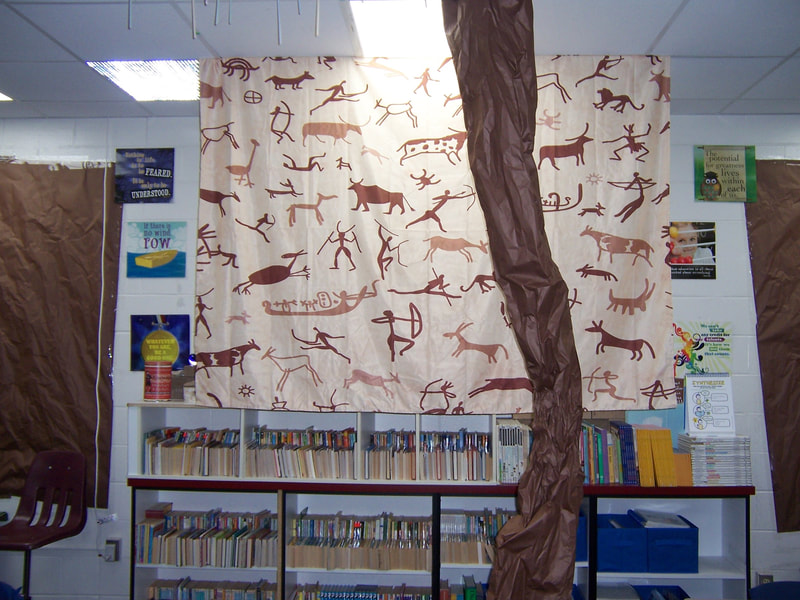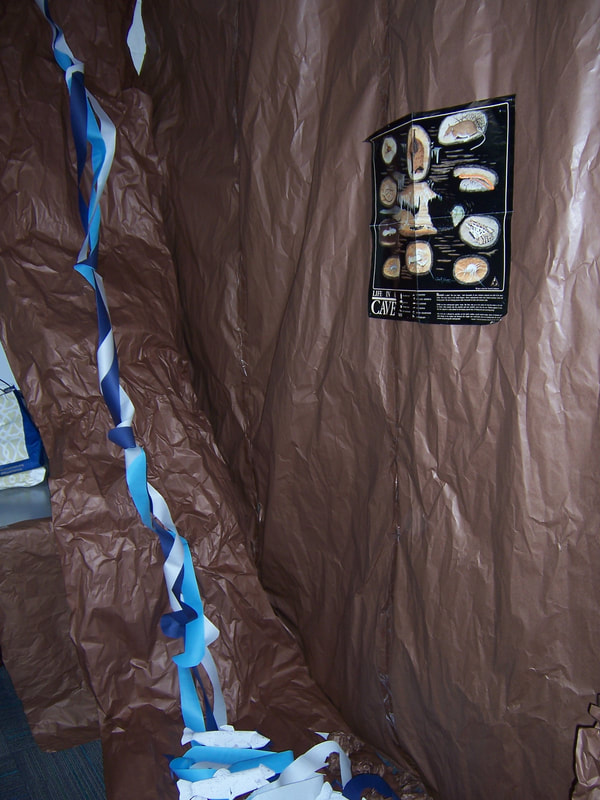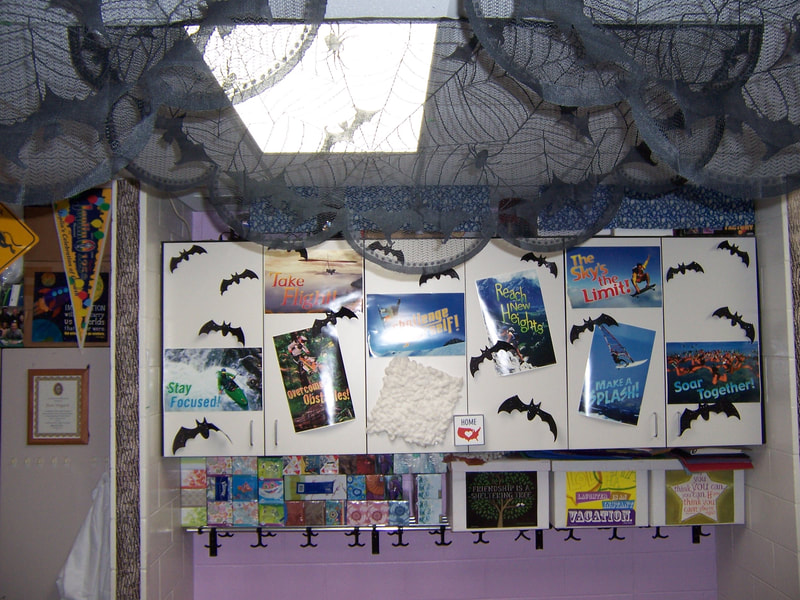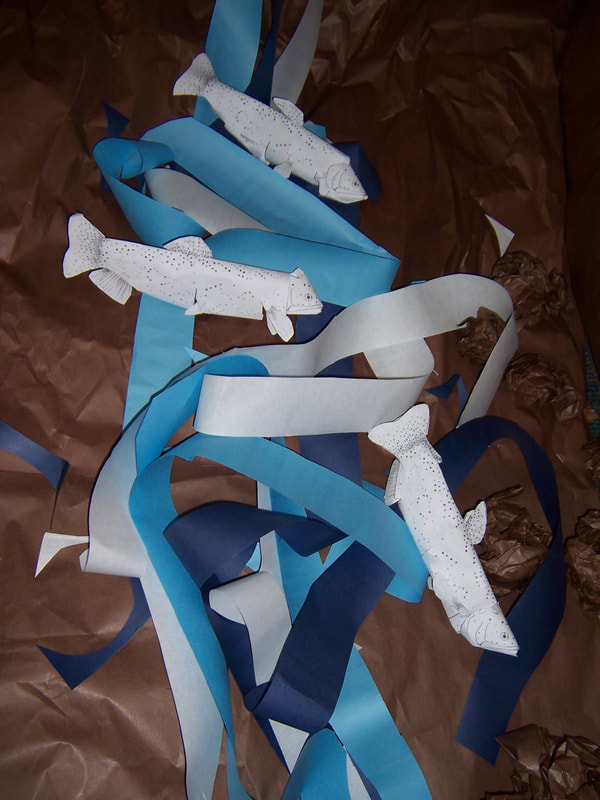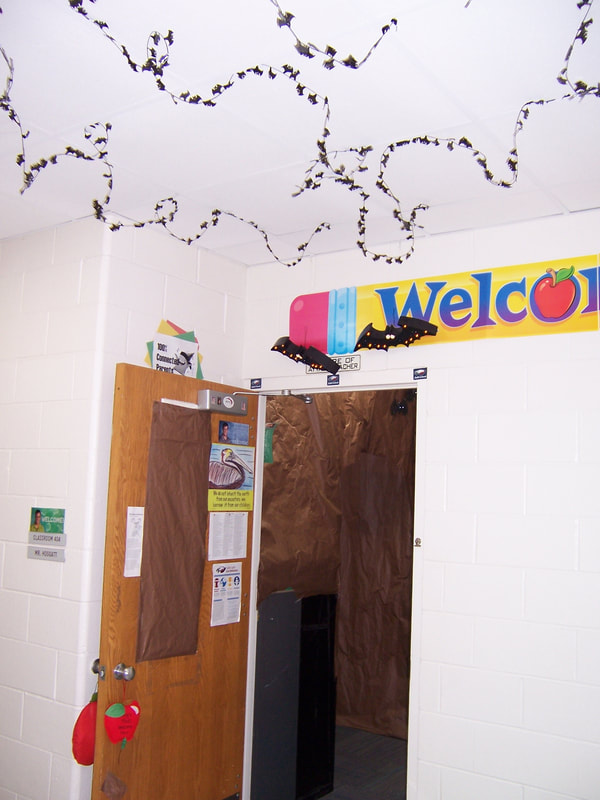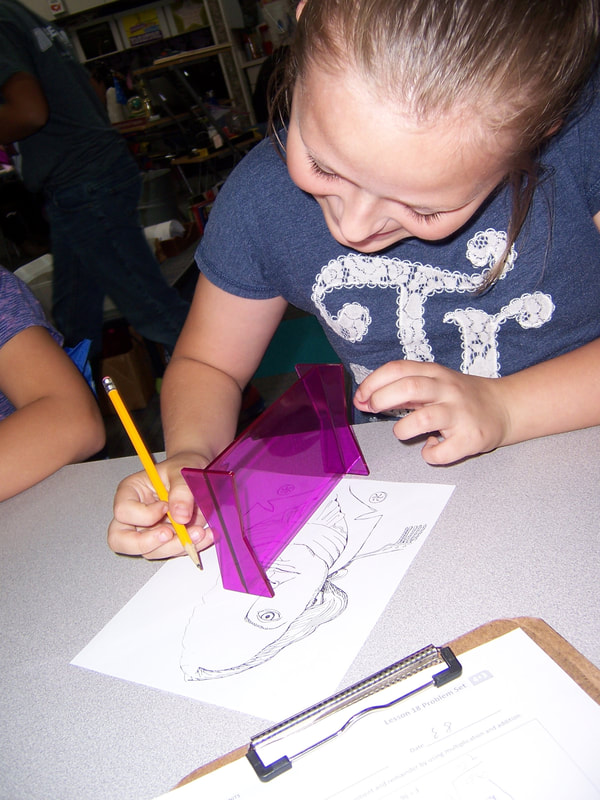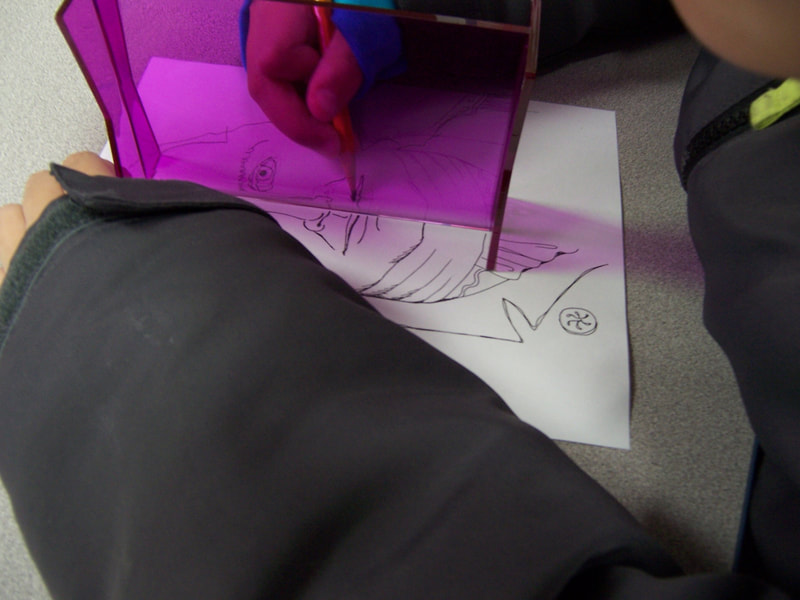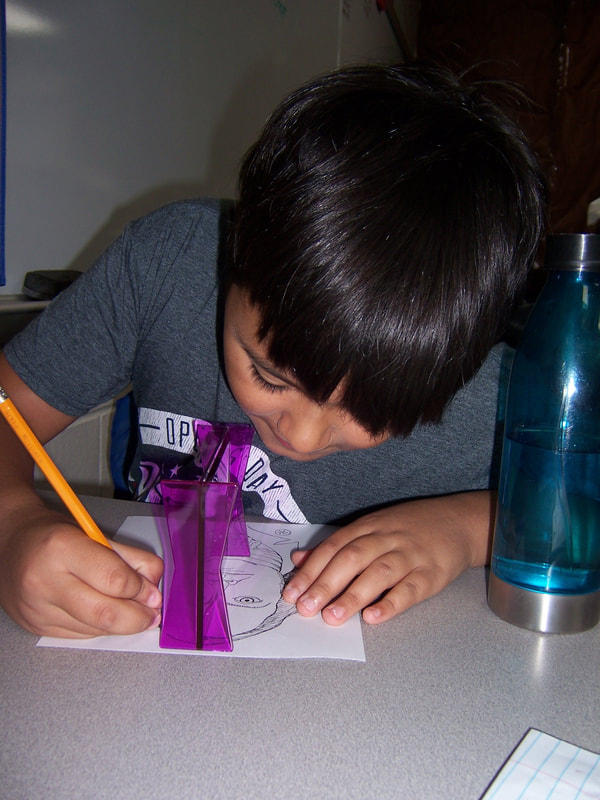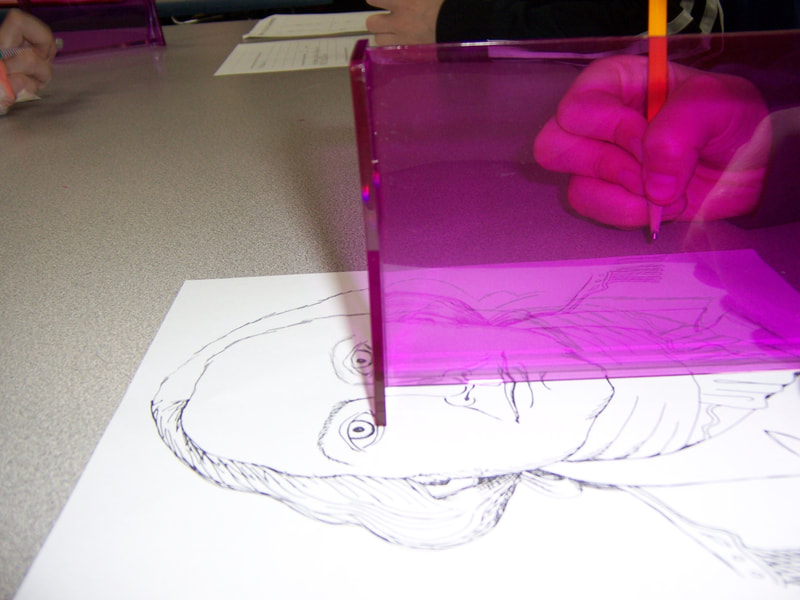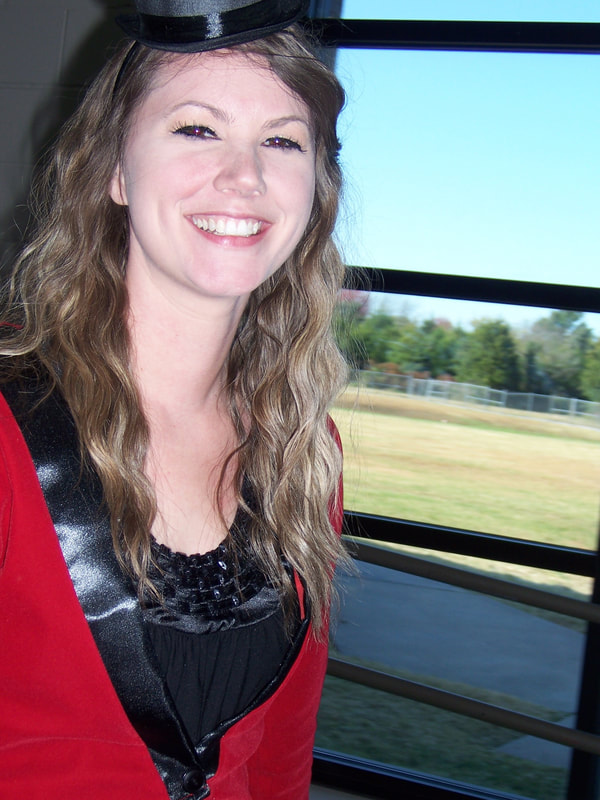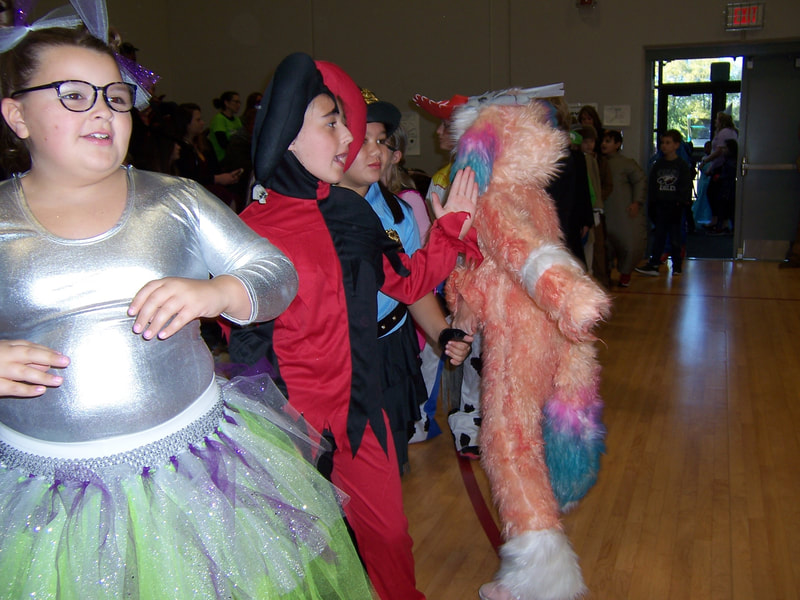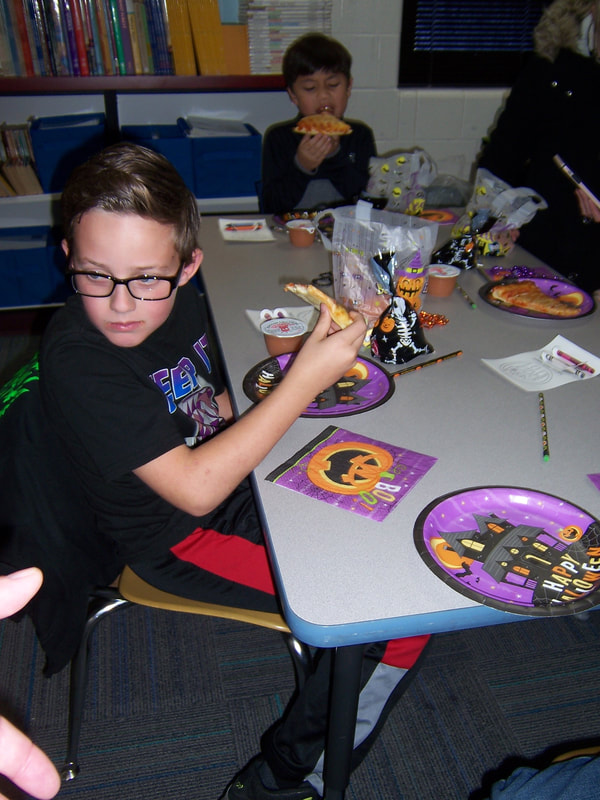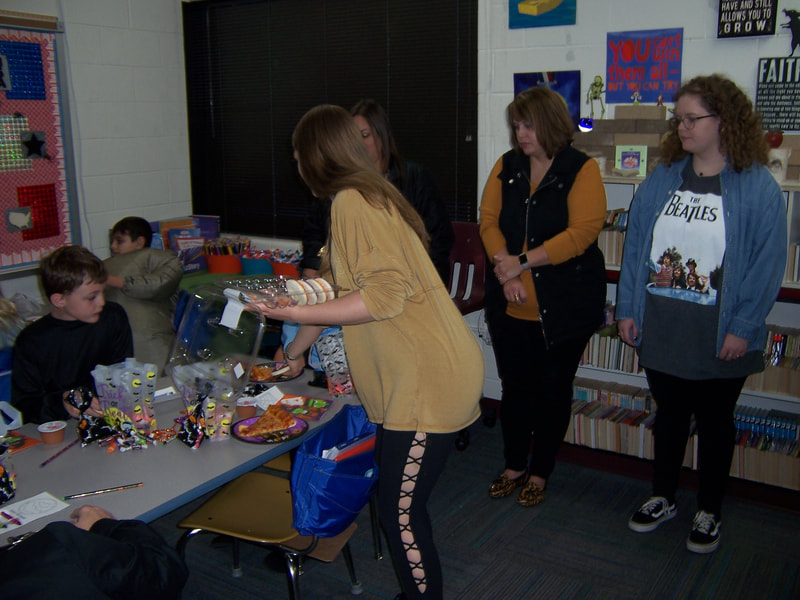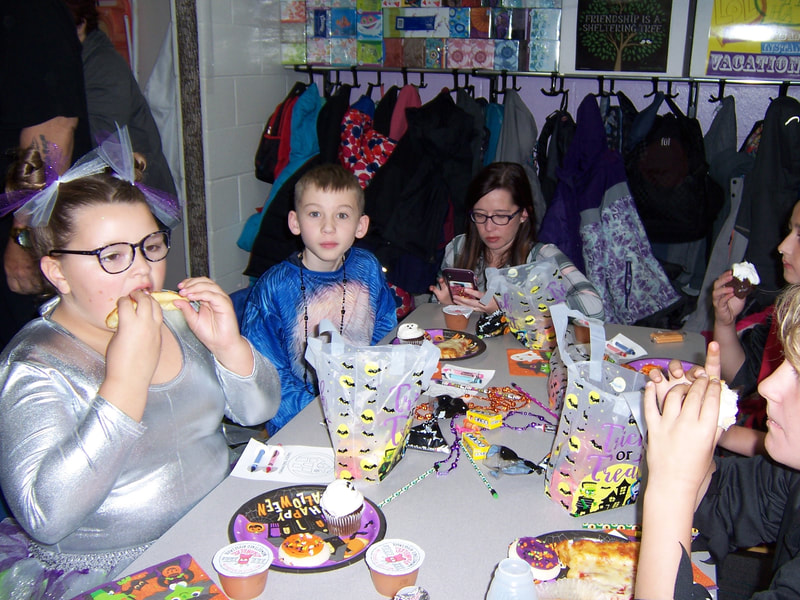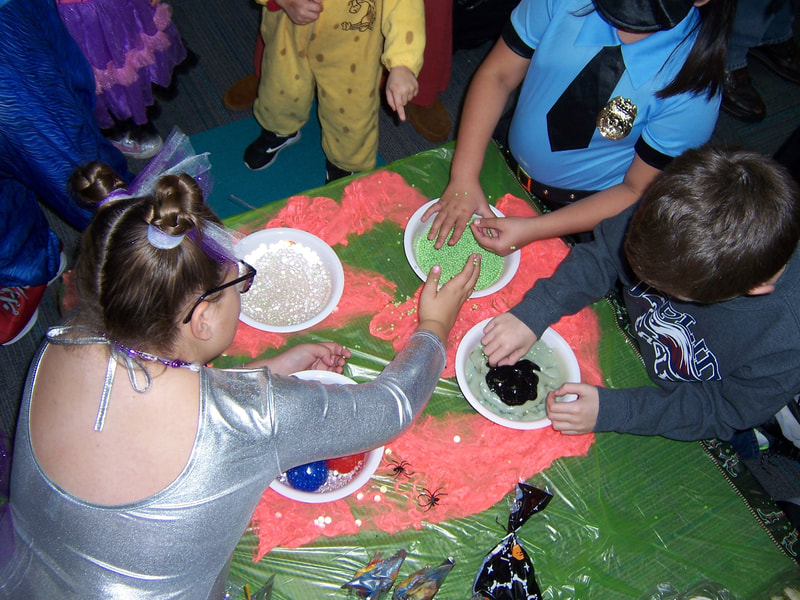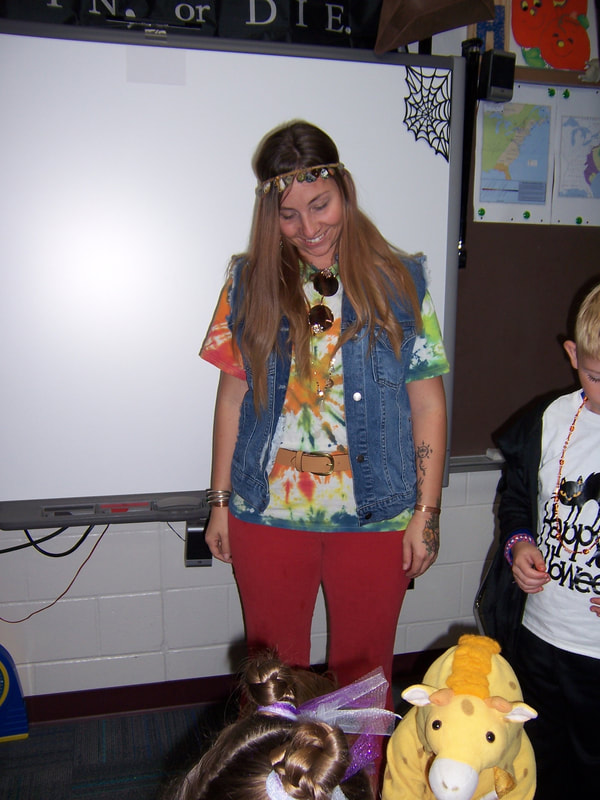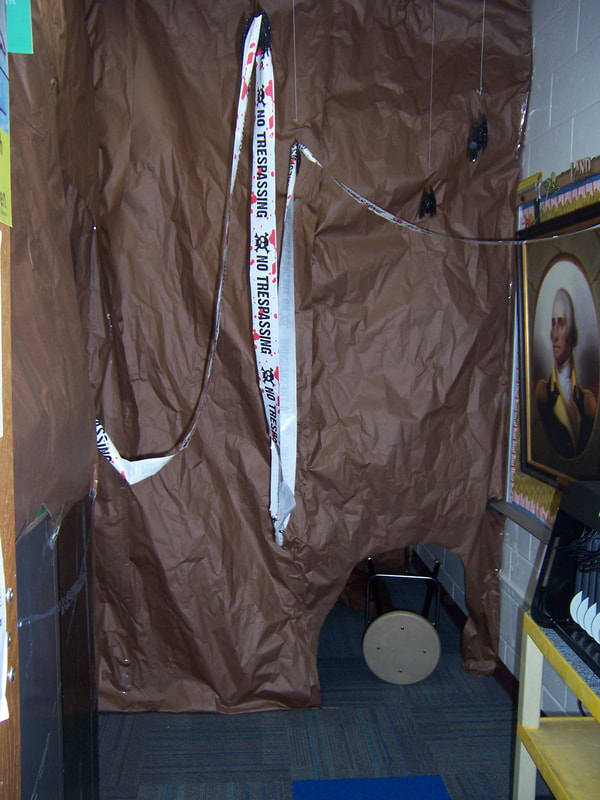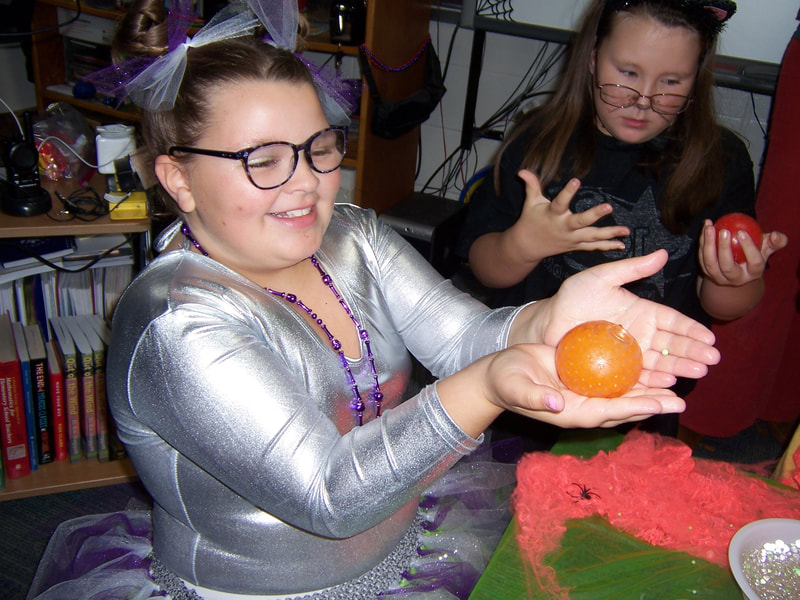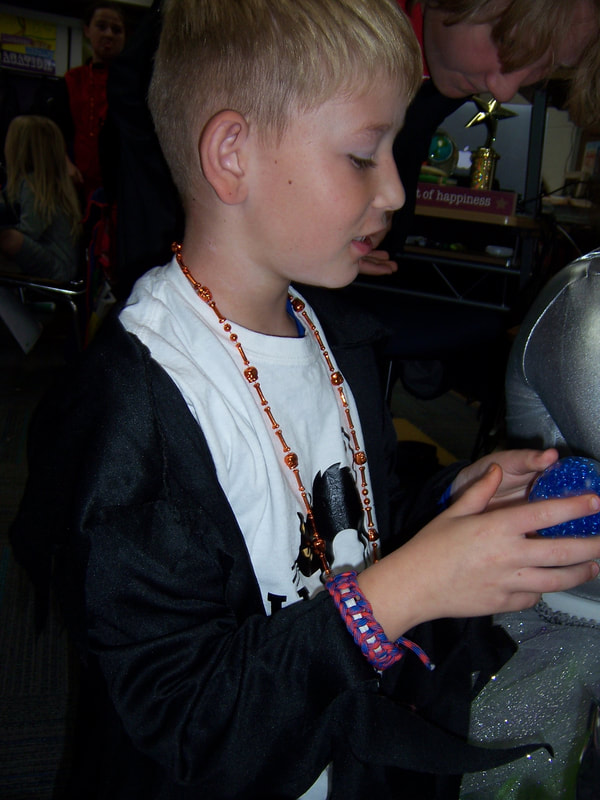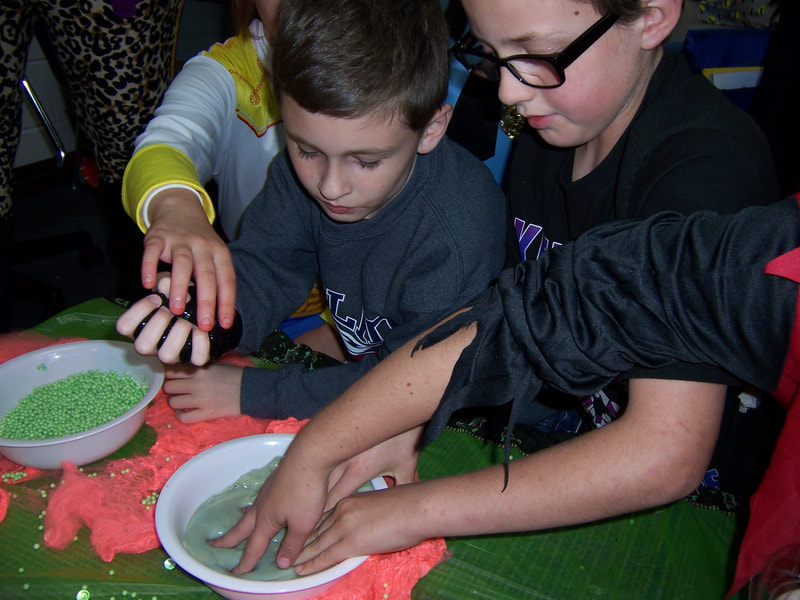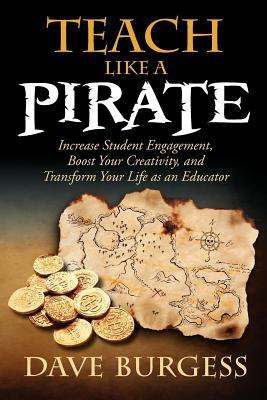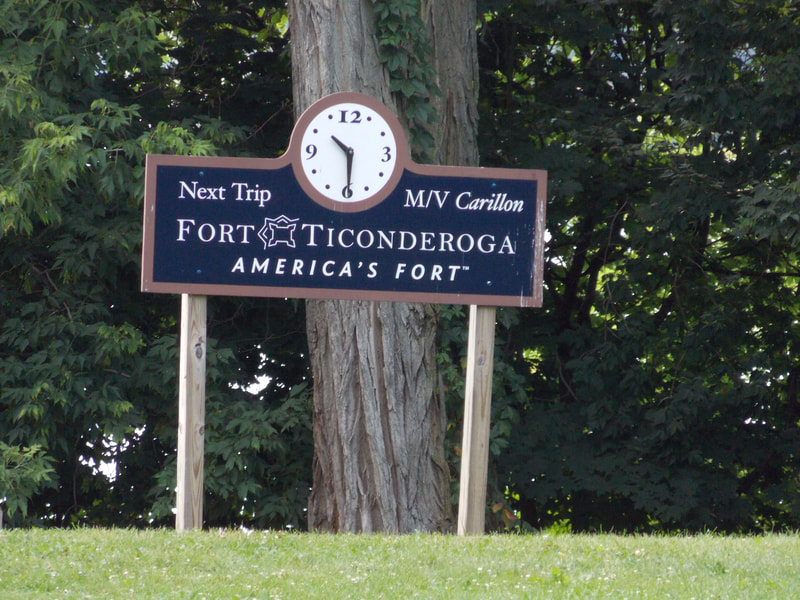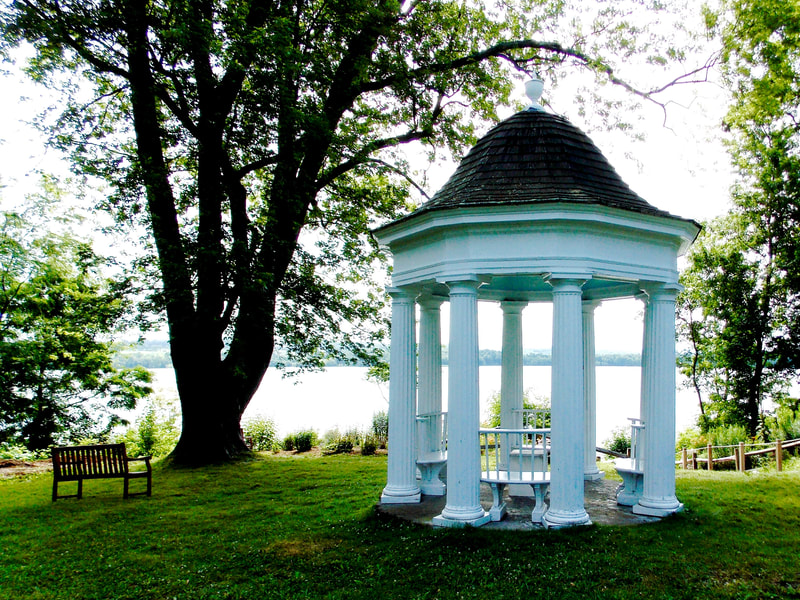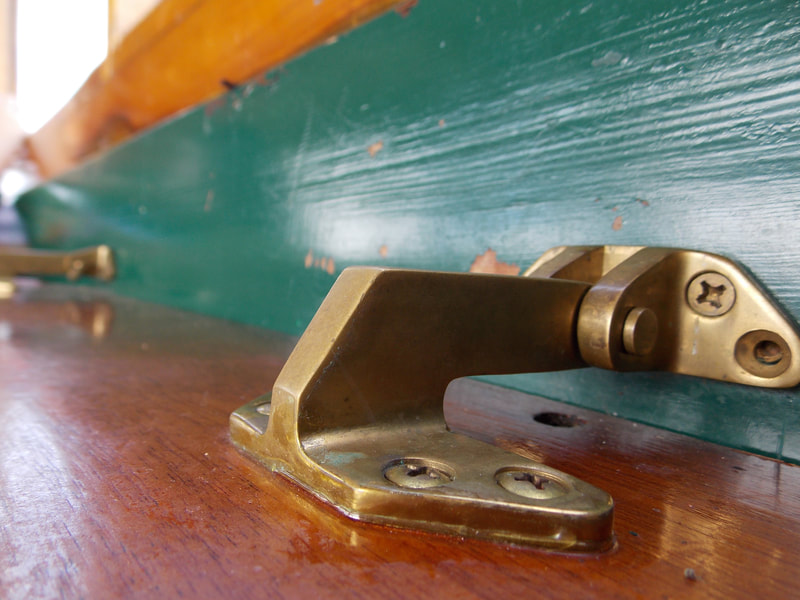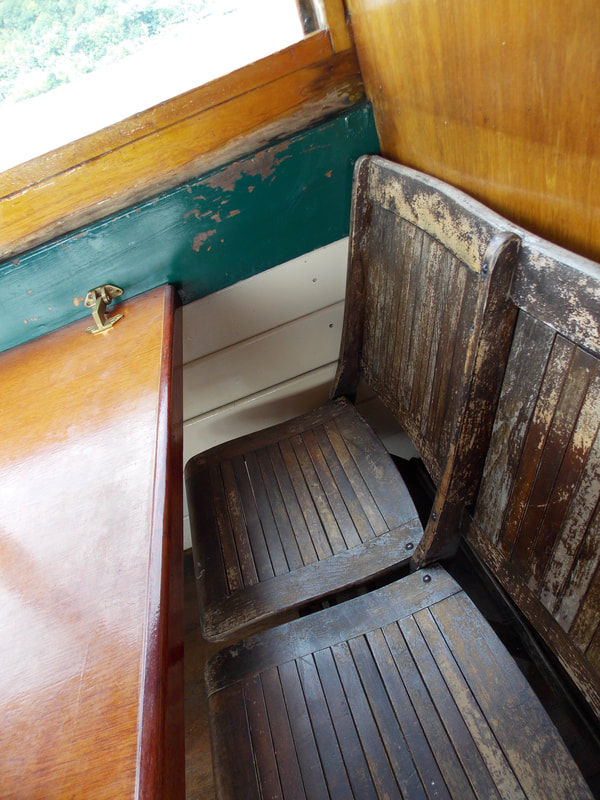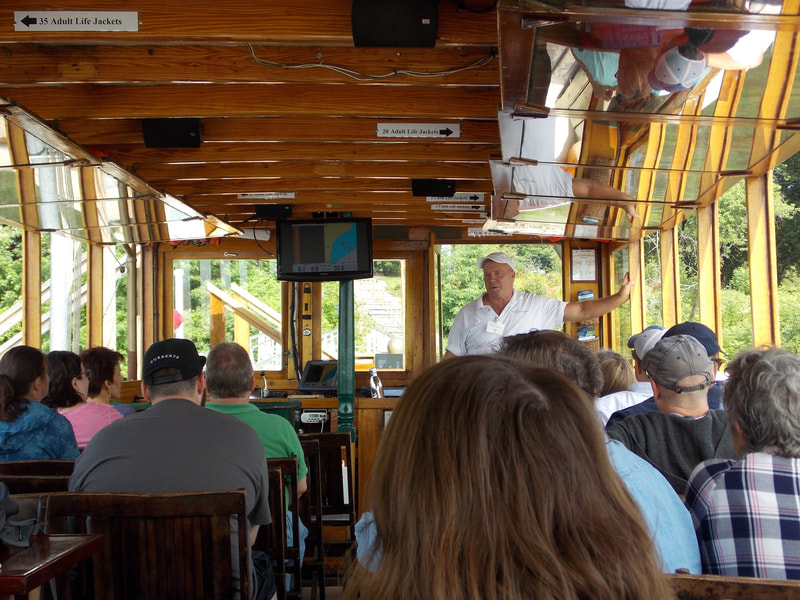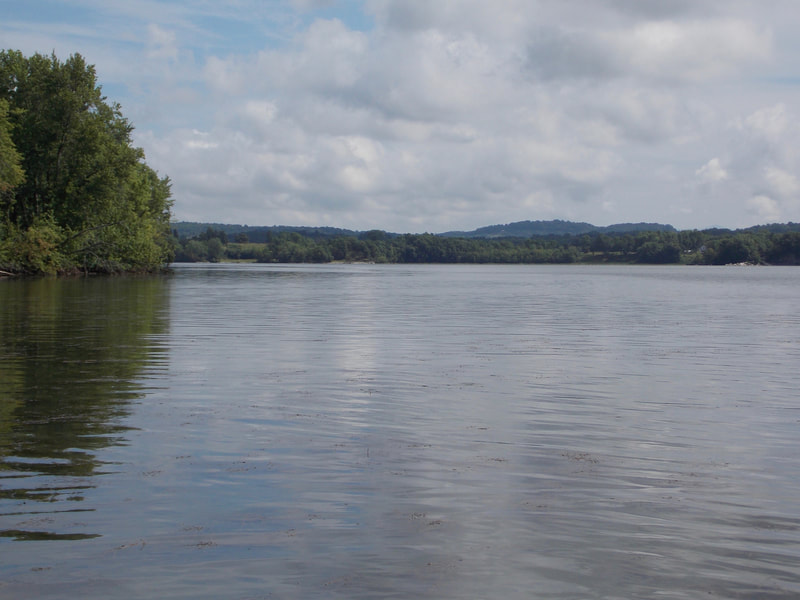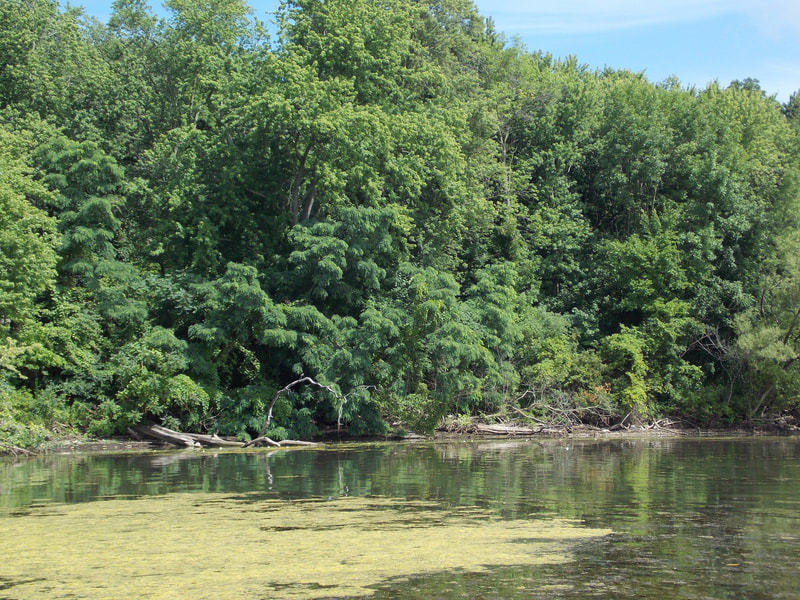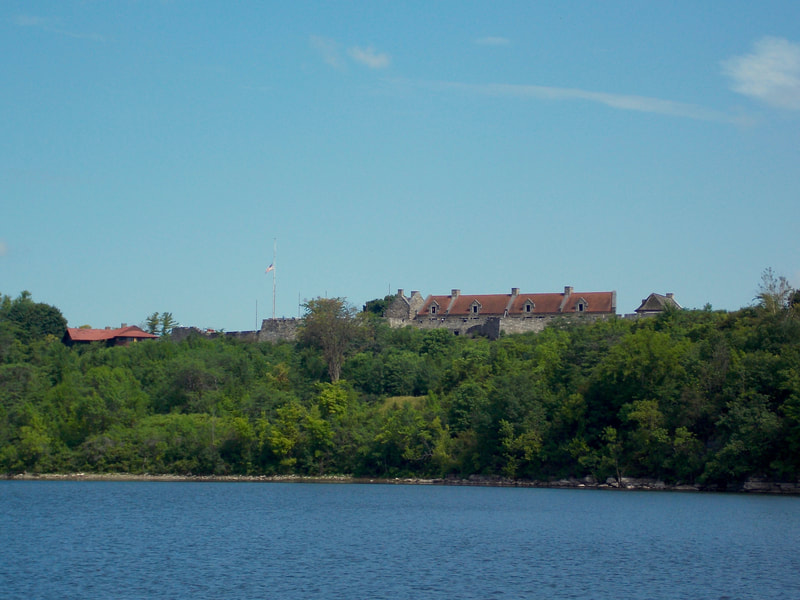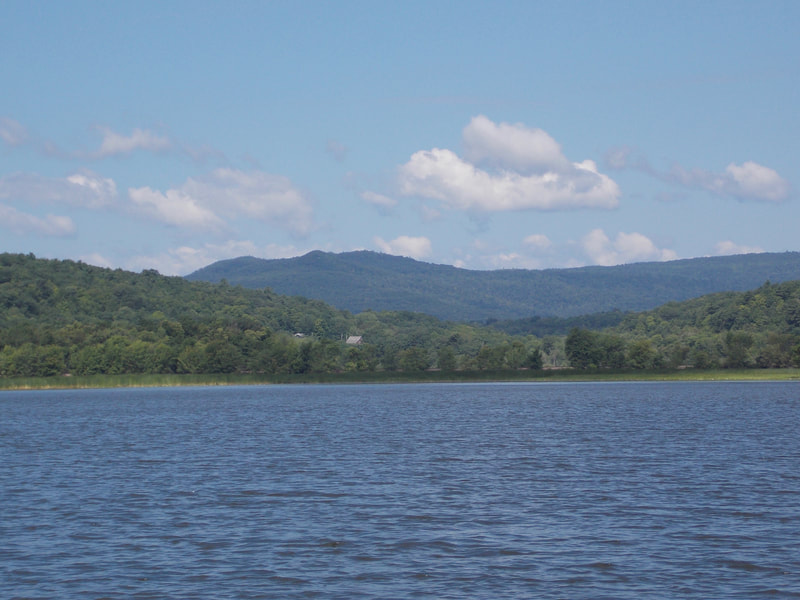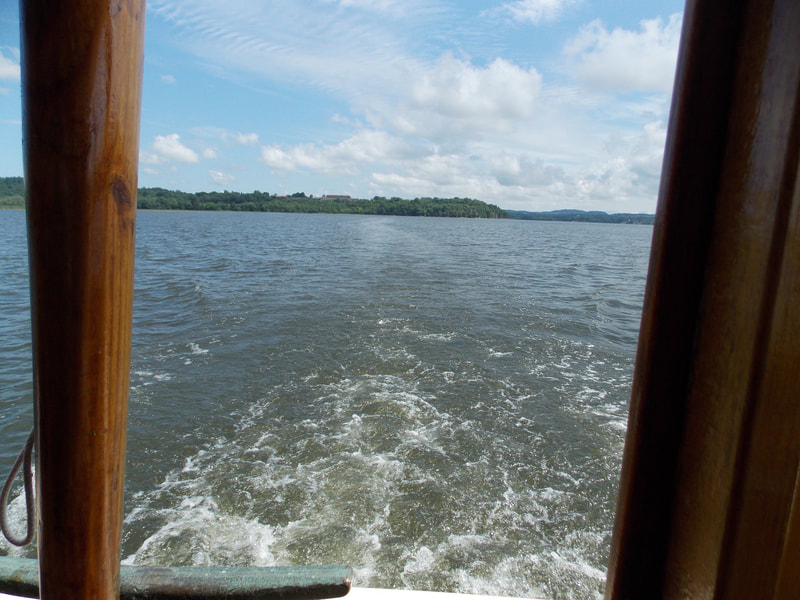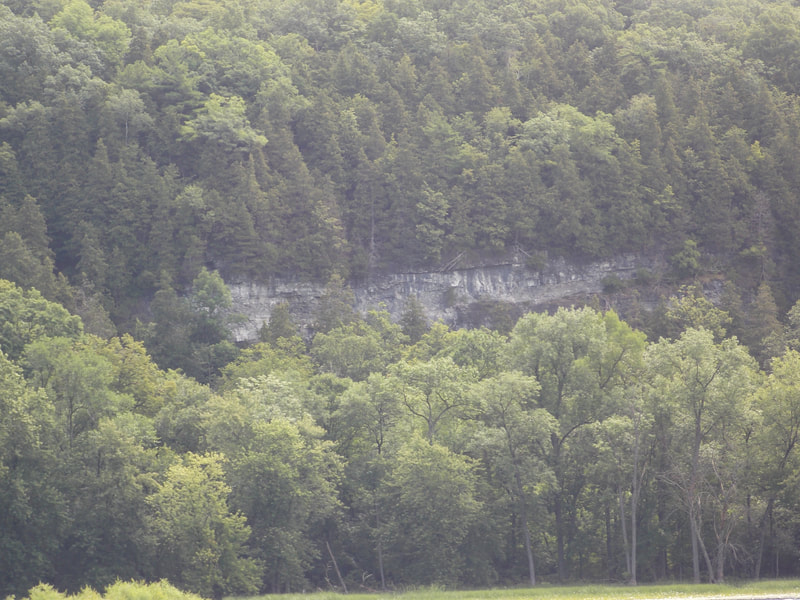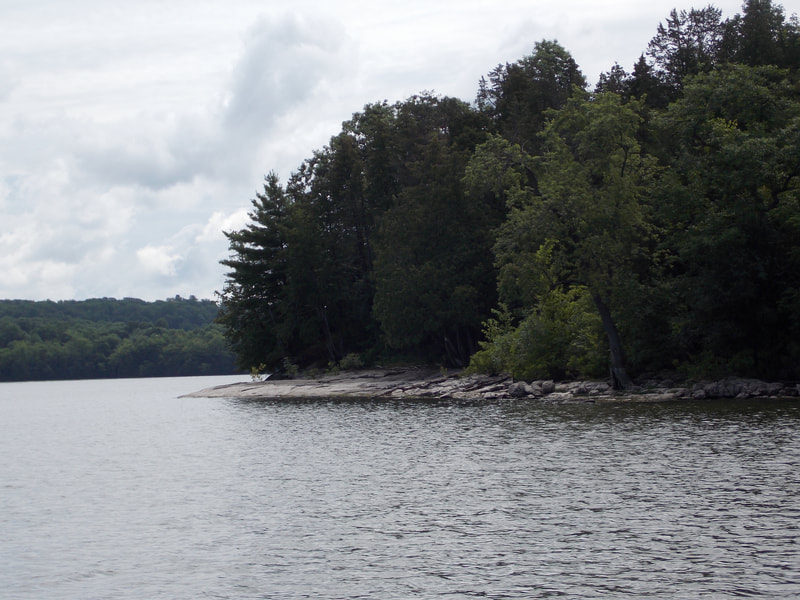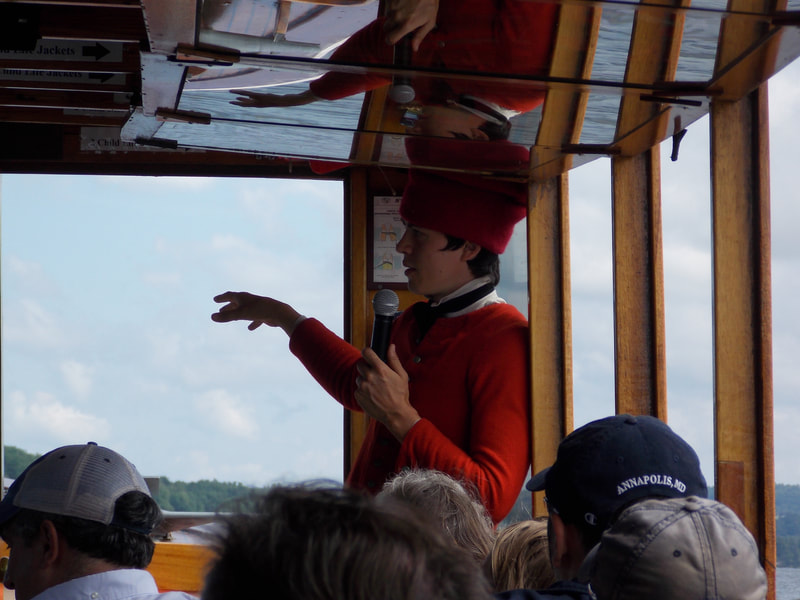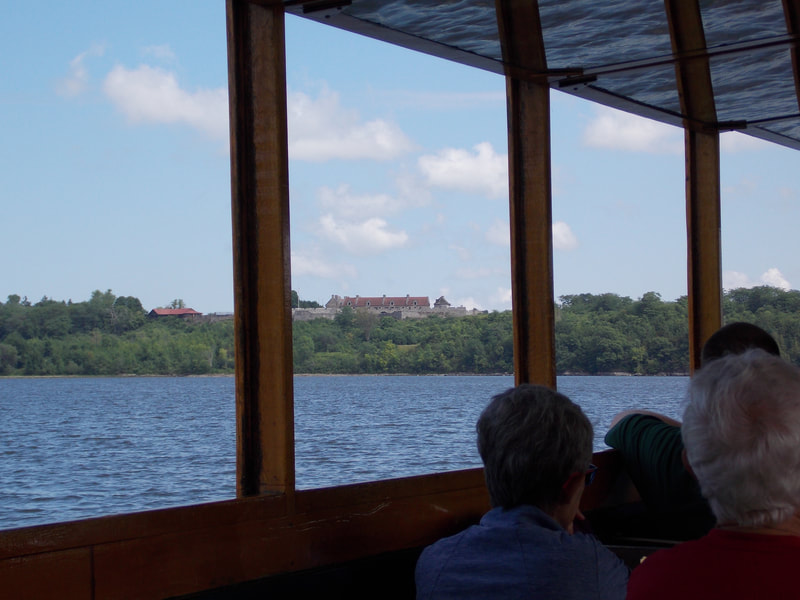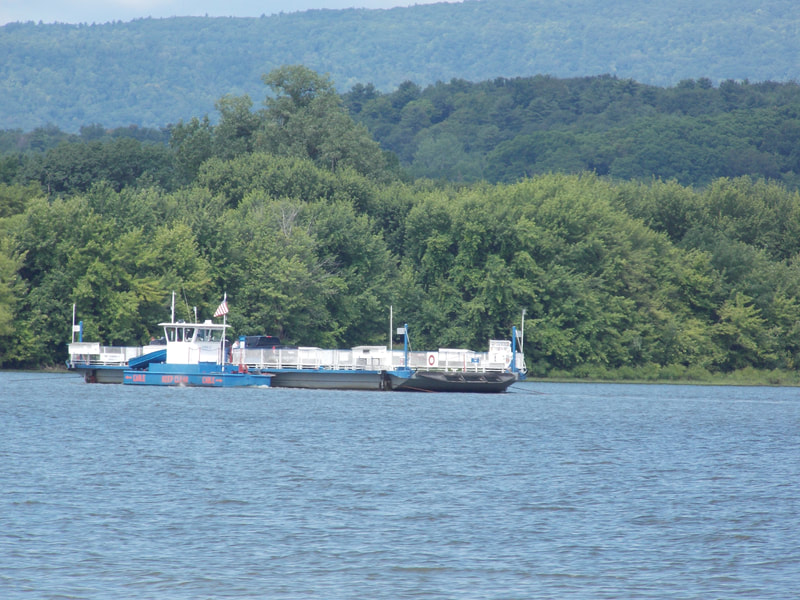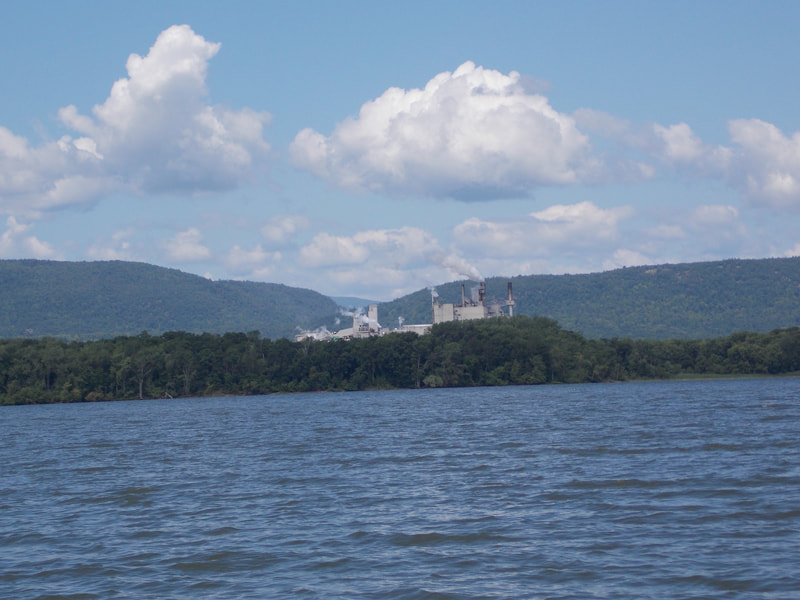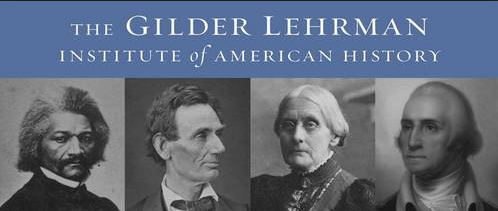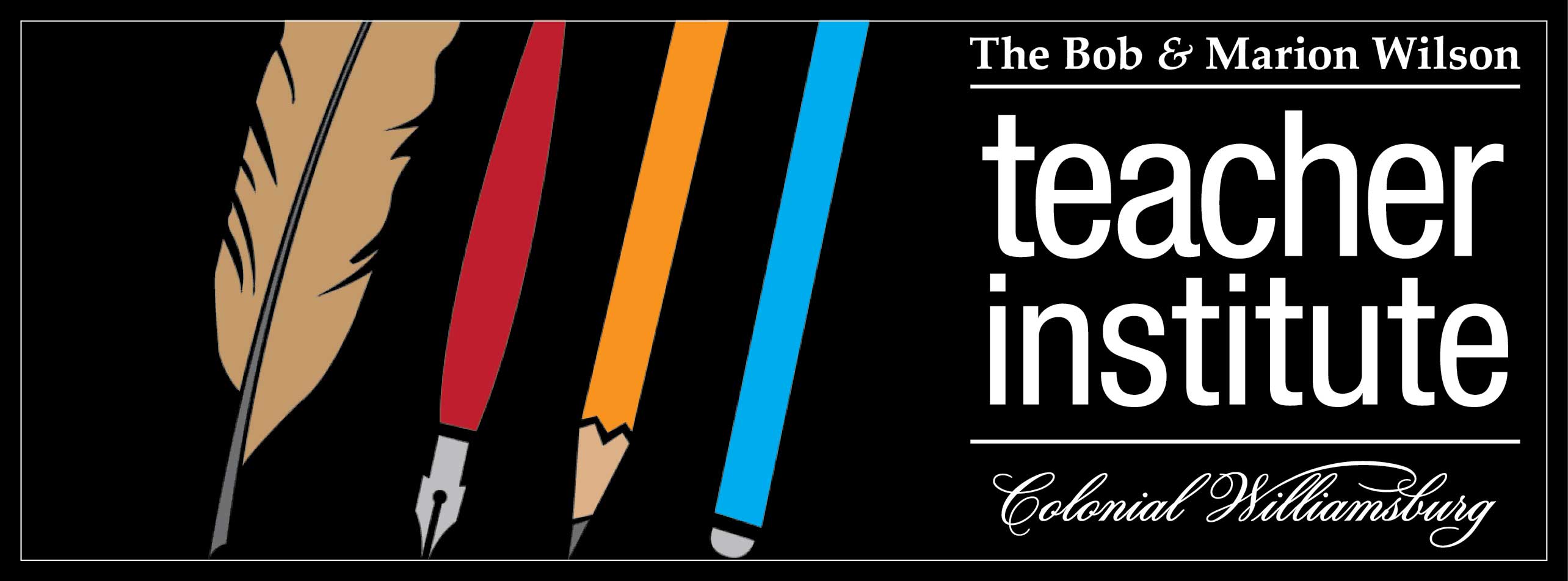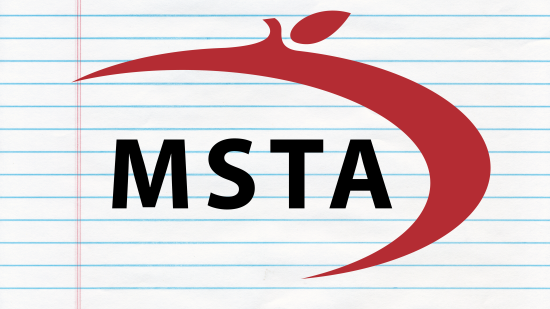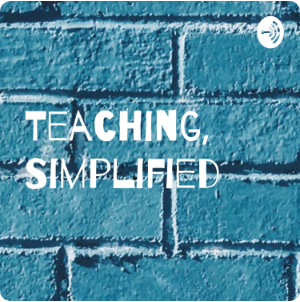|
I'm away from the classroom (yesterday and today) to present professional development for teachers from across the state of Missouri. Everything is going well, so far, in Columbia, Missouri, but I look forward to hearing Dave Burgess speak, today, after my sessions.
0 Comments
Our class connected, using Skype, to Lauren at Fort Loudoun in east Tennessee, and we really enjoyed the hour we spent there. Lauren, decked out in a Redcoat uniform, told us about the first time the British army ever surrendered to Cherokee Indians during the French and Indian War (Even the surrender did not go well for the British.). Afterward, Lauren showed us the different parts of her uniform (though women would never have been accepted in the army of the time. She even described and showed the parts of her Brown Bess musket, loading it with powder and firing it a few times.
Finally, she took us on a tour of the fort before opening the conversation to questions from students. I was absolutely impressed by the caliber of the questions they asked. At least eleven from our class asked questions during this time, and they seemed to take away some interesting information from our encounter with this obscure part of history.
Our next virtual field trip will be next Wednesday with some folks from George Washington's Mount Vernon. We look forward to seeing what they have to offer, as well.
I decided to try a 4D puzzle. The puzzle starts just like normal, with regular pieces. This one makes a rectangular map of Boston, depicting it as it appeared in the early 1800s. From working this part of the puzzle, I could better appreciate the single entrance to the Boston Peninsula, and I could better understand the challenges of defending Boston against a superior British Navy during the American Revolution. After the first layer was complete, I unpacked the next layer - a bunch of foam pieces that go on top of the original map. This layer depicts Boston in the 21st century, and it shows how different the coastlines are today. Much of the Charles River and other waterways have now been constrained and controlled. The Boston Neck has been expanded to increase the land area of the city. I liked seeing parts of the first map peeking through the blank spots of the foam map. I noticed how virtually all of the farmland has changed to an urban setting. Highways have filled in from various directions, and it's easy to imagine the increase in traffic. If you look at these pictures, you will notice white spots where many of the modern buildings have been addd through the years.
We're all set for our first virtual field trip of the year. Before we visit Fort Loudoun this week, via a live Skype connection, we need to know a little something about the fort and its role in the French and Indian War. Here is the video shown on site at the fort.
For more about this time in the region, Colonial Williamsburg offers a series of short videos: Emissaries of Peace.
Today, I will travel to Fort Scott, Kansas, to preach for the congregation while their preacher takes a well-earned vacation. Since people drive from outlying areas, I will stay after lunch to preach a second sermon at their early afternoon service, as well. Then, I will drive back to Joplin for the 5:00 service, where I will preach a third sermon (since the preacher has recently left for another job).
On Monday, I will coach our Math League team until almost 5:00. Then, we have to get ready for our evening performance of our Salute to Veterans, which, although it is an awesome show, has been a lot of work in preparation. For Tuesday, I have an after-school appointment with the doctor, and then a deacons' meeting at church to discuss plans for moving forward in a new preacher search. I will fill the pulpit several times during the next weeks until we hire a new preacher. Wednesday sees me on a regular schedule, with a midweek service at church beginning at 7:00, in which I will deliver the devotional message. At school, we'll be ready for out Fort Loudoun virtual field trip on this day, as well. Hopefully, we will receive our loaner trunk from the American Revolution Institute, and I'll need to go through that. Then, Thursday and Friday are days that I will not be at school - not because I'm resting, but because I will travel to Columbia, Missouri, to present four sessions of professional development for elementary and middle school teachers from across the state. I return Friday evening. Saturday is the annual craft show at our school, so the room has to somehow be reorganized to make room for some booths. That means the cave has to be partially dismantled and substitute lesson plans have to be made. sometime ahead of my absences. And next Sunday, I will preach for the church in Columbus, Kansas. Who knows what the following week will bring? Do I dare look that far into the calendar? The La Chute Falls, located in the town of Ticonderoga, is surrounded by a quaint, fresh park atmosphere, conducive to strolling or bicycling. Here is a monument to Samuel de Champlain, which seems to contradict the monument at Crown Point and the account that is accepted by the people at Fort Ticonderoga. I guess all we know is that there was a battle, Champlain was involved, and it occurred somewhere in the region, but no one can pin down the exact location to satisfy everyone. The falls themselves still symbolize the descent from Lake George into Lake Champlain - an elevation change that exceeds that of Niagara in just a short distance, explaining why boats could not navigate the La Chute. Instead this otherwise water connecting the two water highways required a portage around some of the rapids and falls in the river. This fall has seen some extrensive flooding in the area, and the La Chute Falls have added a roar to the park in Ticonderoga, New York. Other areas of Upstate New York have seen road washouts and damage to structures due to flooding. Visit my Fort Ticonderoga page for more about the Fort Ticonderoga Teacher Institute.
Yes, Hoggatt Cave is teeming with critters. In addition to the cave trout we previously reintroduced to the cave ecosystem, kids have made cave crickets to inhabit the area around our waterfall. These little guys (the crickets, not the kids) are pretty complicated to figure out (OK, maybe that includes the kids, too), but we will have enough to show tourists when they arrive.
We're working handily to construct Hoggatt Cave to open for business in a couple of weeks. Students have begun making our stalactites and stalagmites (using a little geometry along the way) to display and add to the speleological feel of our classroom. It's a bit of a transformation that has begun in Room 404. While it is still a work in progress, the Mr. Hoggatt's classroom is slowly becoming Hoggatt Cave - open seasonally since 1995.
In our continued effort to cross curricula whenever possible, once again we found George Washington creeping into our math lessons last week. Before he did, however, we pulled out these awesome purply plasticky tools called Reflectotrons. Or are they Reflectometers? Reflectrix? Anyway, when utilized properly, these nifty pieces of plastic reflect an image on one side onto the other, allowing one to trace the reflection or make a symmetrical design. Students spent just a little time completing a symmetrical portrait of the General himself.
Last week's parade and party are in the books. The weather turned cold, but we stayed toasty inside with treats, party activities, and great conversation.
Educators have always been in the measuring business, but in recent decades, teachers have really bought into an overwhelming amount of assessing for students, using a wide array of tools, taking hours of time in the classroom to do so. That, Harper believes, is measuring vines. He agrees with me that it is more to our strengths to plant seeds than to measure vines. Whatever it is I’m doing, I know I am at my best and I feel best, when I am planting seeds. Here’s the cool thing that happens when you spend your time focused on planting seeds instead of measuring vines; sprouts pop up all the time. When you are not even expecting them. Of course, everything you plant doesn’t flourish or even grow for that matter. I love planning unique lessons and projects. I'm all about trying new ideas and activities. I fully endorse taking risks as an educator and finding your own voice - not merely echoing other voices in your instruction. You are always looking for ways to become a better teacher. You read teacher-books while your friends read the fun-books. You attend conferences hours away from home. You take classes that are supposed to help you better meet the needs of your students. I know about planting seeds from a Biblical standpoint, as well, but as an educator in a public school, I daily, hourly plant many seeds - lessons learned from history, motivation gained through science, a growth mindset in mathematics, and a curiosity that drives appreciation for literature. Seeds. I believe there are seeds to be sown that involve kindness and professionalism. Harper acknowledges: And so, I keep planting seeds. Do I stop to measure sometimes? Absolutely. But only for a moment. Because I have seeds to plant. Every day.
What was so bad that it had driven me into a brown funk? Just about everything...and it all started with a weekly collaboration meeting that ate away at the heart of teaching. Suddenly, everything was under the microscope, and everything in my class had to synchronize with the teachers in every classroom across the district. Burgess: I strongly believe in the power of collaboration, but I don't believe the final goal of such work should be to come to a single "right" way of teaching. Collaboration can make all contributors better teachers as they are exposed to others' ideas and have a chance to draw on the collective intelligence of the group. Collaborative environments can challenge your thinking and push you to places you might not have reached without the support of your peers. However, I have also seen collaboration used to force conformity and stifle creativity. It's a fine line. Yeah, that's exactly what happened. The district hired snake oil salesmen to dictate all of our actions. These "doctors" proceeded to change the culture of our schools. I kid you not: one gentleman even told us that it was preferable to have a large teacher turnover that year. He told us that it would be easier to train new teachers who had no previous experience than veteran teachers who did. In other words, You can't teach an old dog new tricks. In other words, he didn't want anyone who could apply wisdom to his tactics. Burgess again: Be wary of people selling complete programs that will supposedly solve all educational problems. I believe that there is no single answer for how to fix our schools but that we should take the best ideas from everything that we can find. Again, we don't all need to be on the same page to be effective, but we can benefit from sharing ideas and opinions with people who agree and others who disagree with our own methods and materials. Click for more of my Professional Publications Commentary series
On a day when the flag at Fort Ticonderoga rested at half-staff to commemorate the passing of former Supreme Court Justice John Paul Stevens, the Carillon took to the waters of Lake Champlain for a smooth cruise. As we traveled the watery highway in the 1920s-era replica canal boat, we were given a terrific amount of information about the history and geography of the lake and the surrounding shore. We also watched the on the sonar monitor as we passed over the remains of a bridge constructed by American Patriots during the Revolutionary War. The bridge crossed the waters to connect the shore on the Fort Ticonderoga side with another fort and redoubts on Mount Independence. We also passed over a sunken floating (yes, floating) railroad bridge and a box car. There are all kinds of shipwrecks in this amazing lake, some very historically significant (such as one of Benedict Arnold's gunboats, the Spitfire). These shores hold lots of history - landing points and take off positions from the 17th century through today. You can also find in these pictures views of Fort Ticonderoga and Mount Defiance from water level, in addition to one of the Lake Champlain ferries, a building constructed with stone from the ruins of the original fort, and the International Paper factory. The factory was the only real sign of industry seen on our cruise. It used to be located in the center of Ticonderoga, New York, but was moved to the lake's shore, where it is now susceptible to the lake's and the mountains' environmental laws. It is said to be one of the cleanest factories in the country. This was only our first time on the water for the week. Later, we took a much lower-riding bateau, rowing around the peninsula and into the mouth of the La Chute River. Stay tuned for that report here on our website in the near future. In the meantime, you can find all of my reports from the teacher institute on my Fort Ticonderoga page.
|
AnthemThe Hoggatteer Revolution
is an extensive, award-winning, inimitable, digital platform for Encouraging and Developing the Arts, Sciences, and honest Christianity in the beautiful, friendly LAND OF THE FREE AND THE HOME OF THE BRAVE This site is described as
"a fantastic site... chockablock full of interesting ideas, hilarious anecdotes, and useful resources." 
...to like, bookmark, pin,
tweet, and share about the site... and check in regularly for new material, posted often before DAWN'S EARLY LIGHT! History in ResidenceElementary Schools: Bring Mr. Hoggatt into your classroom for a week of engaging and rigorous history programming with your students. LEARN MORE BUILDING BETTER
|
